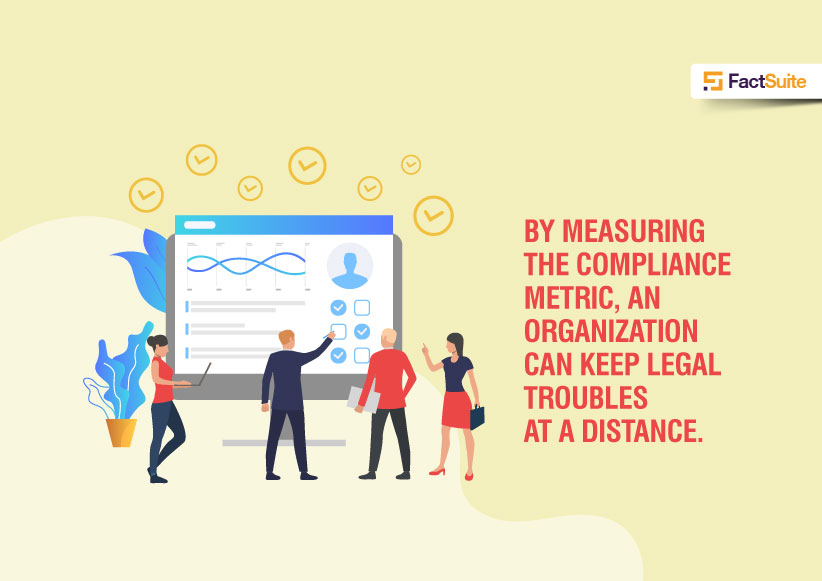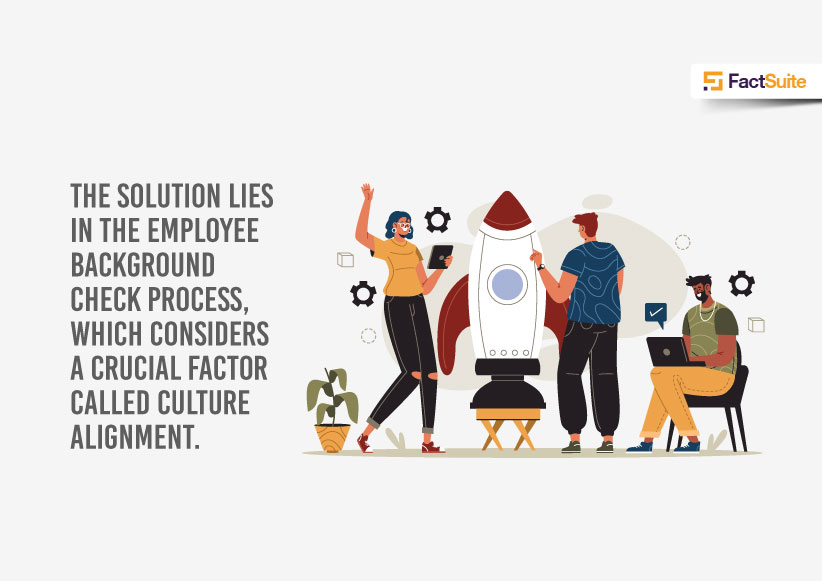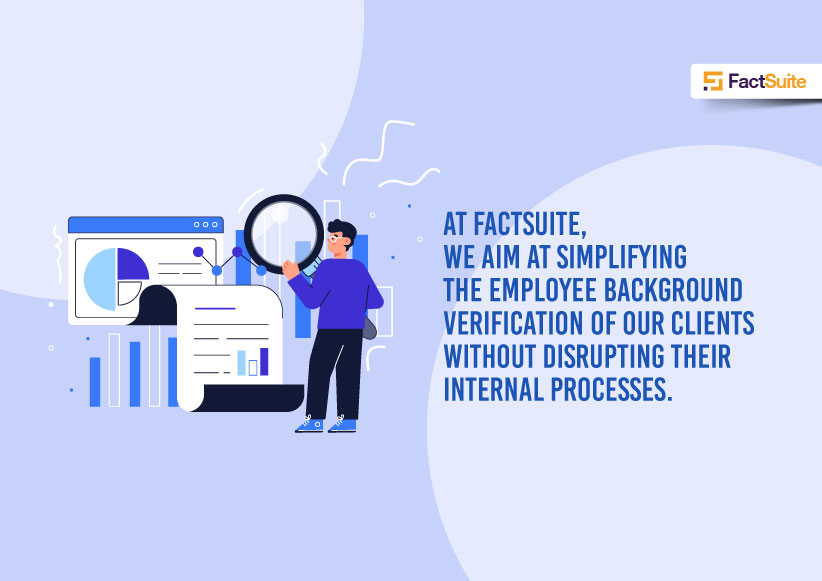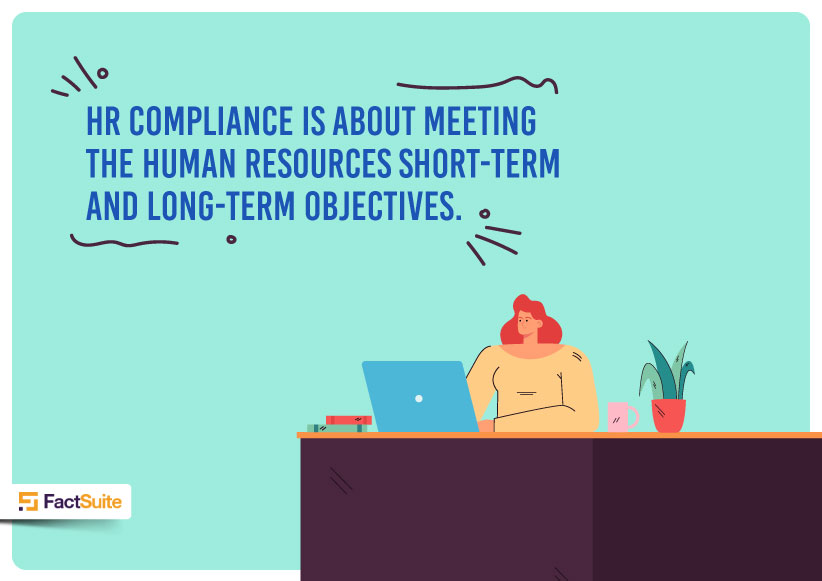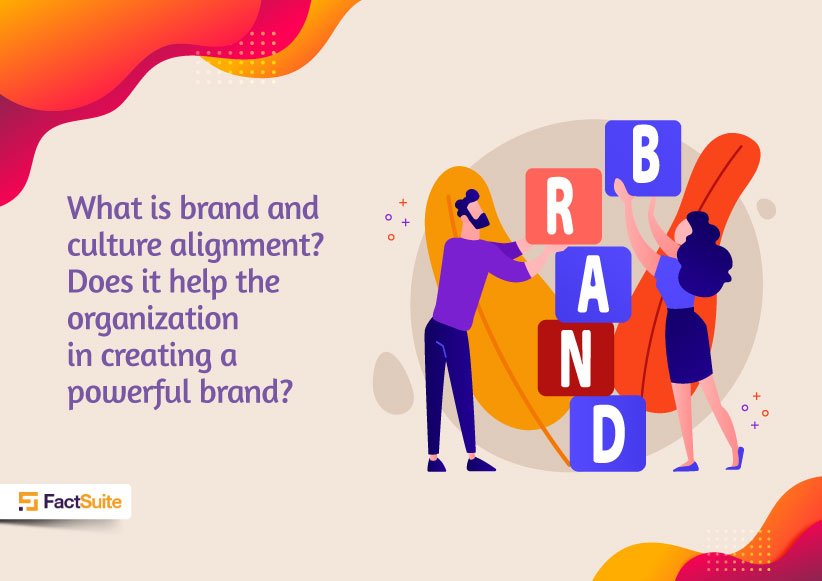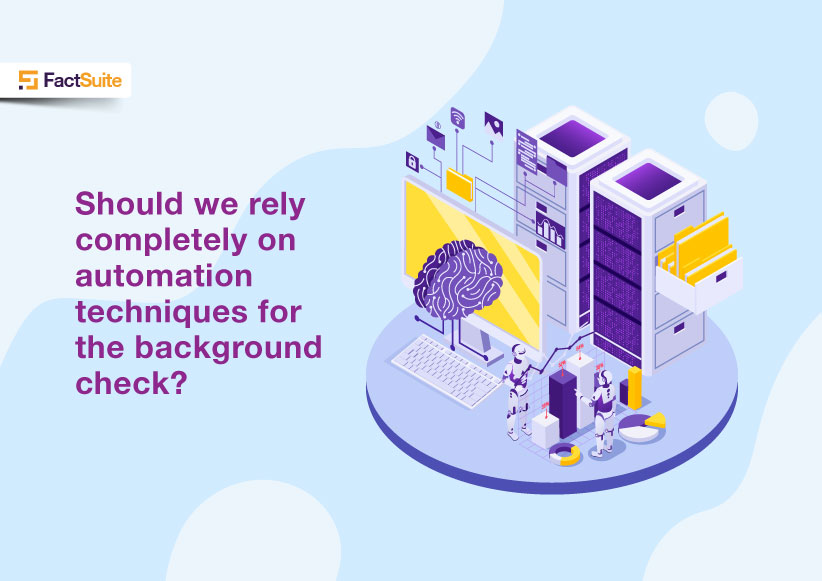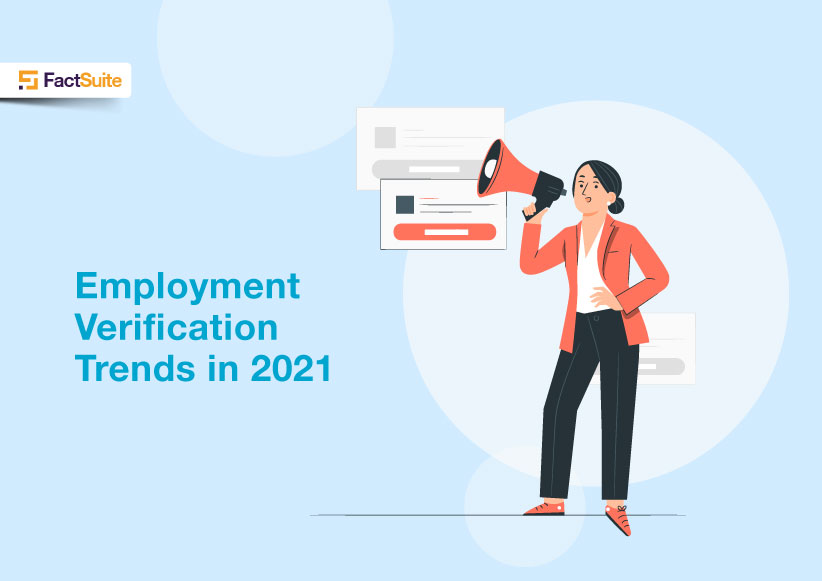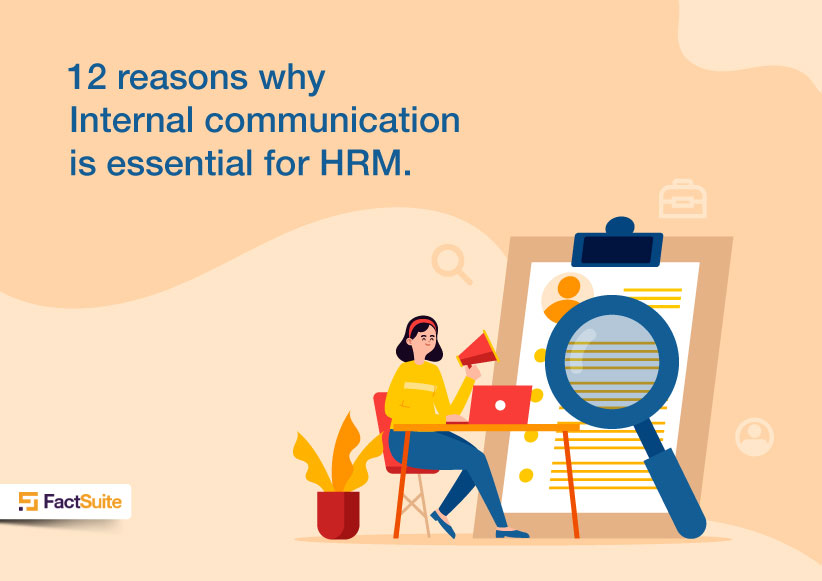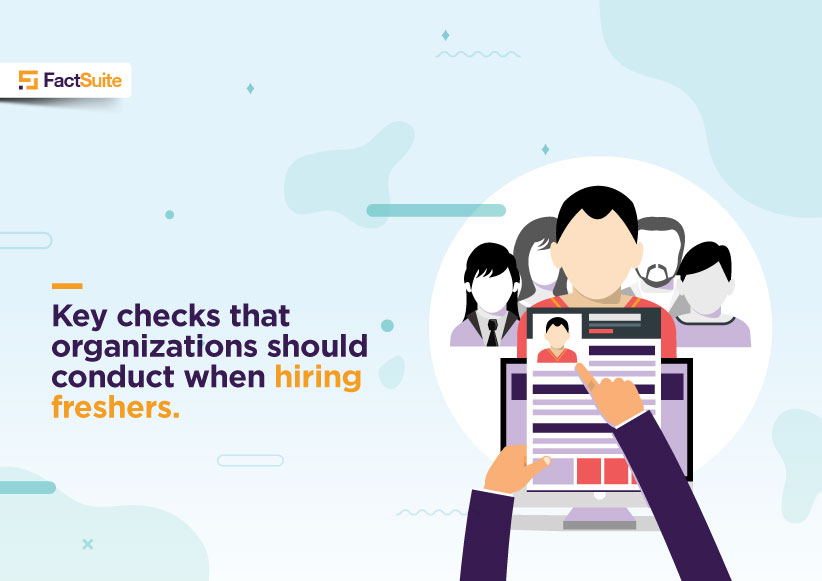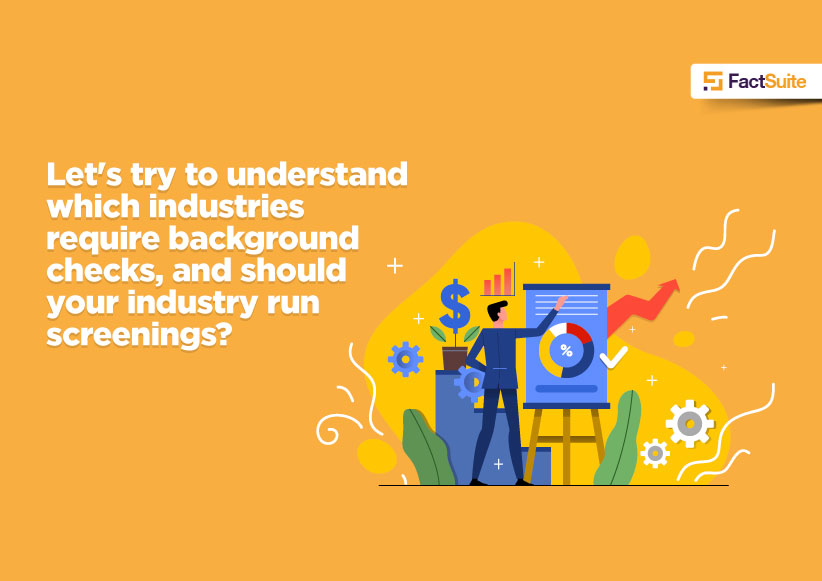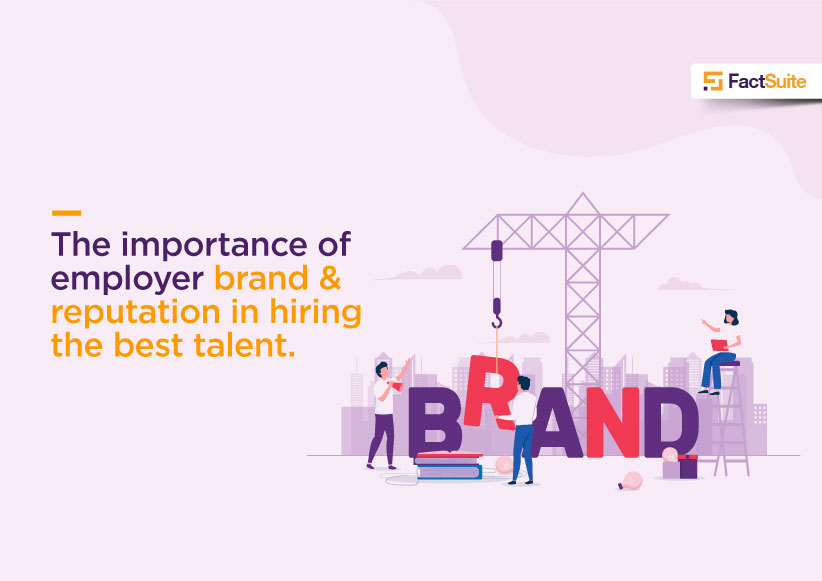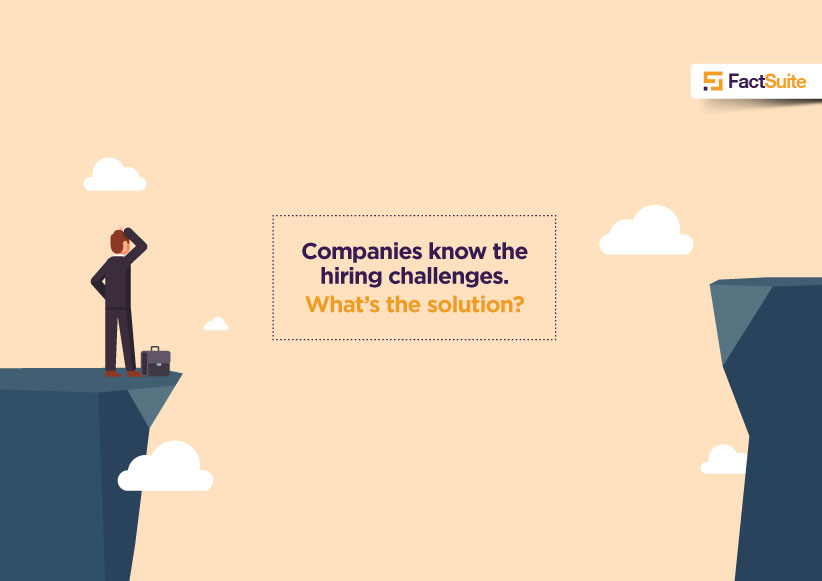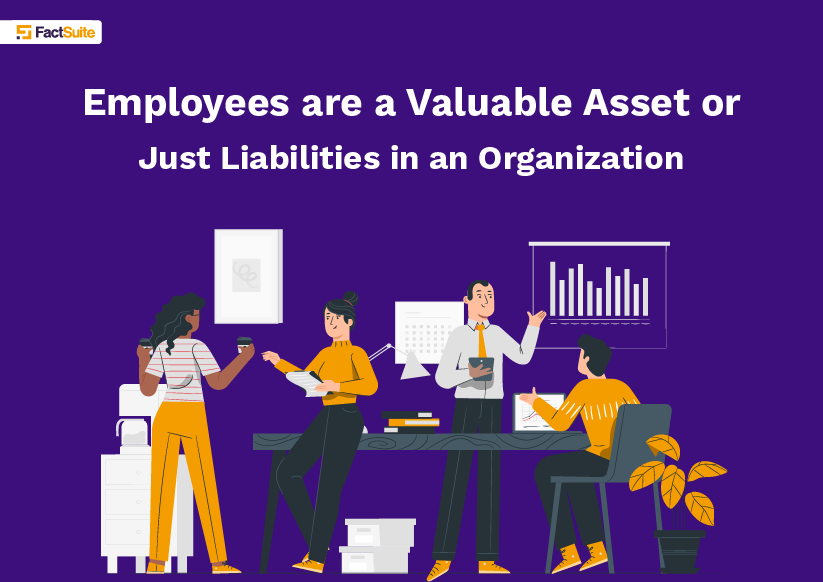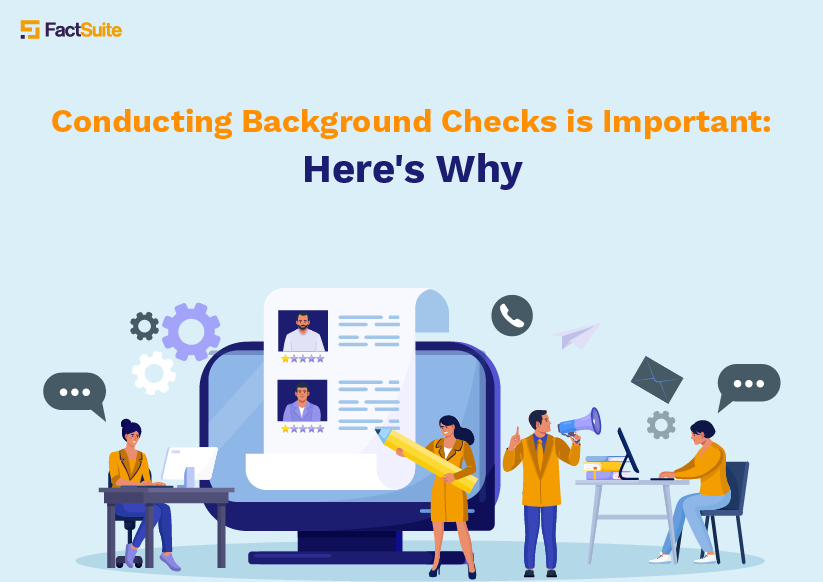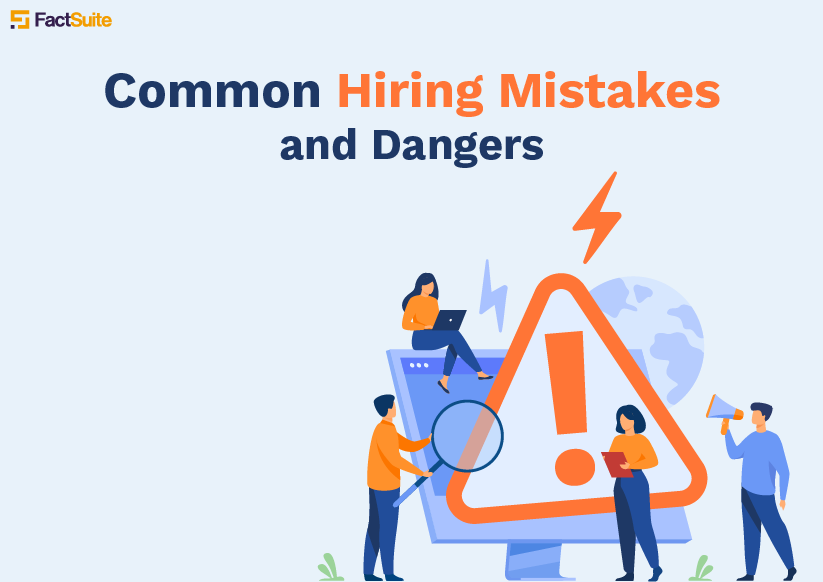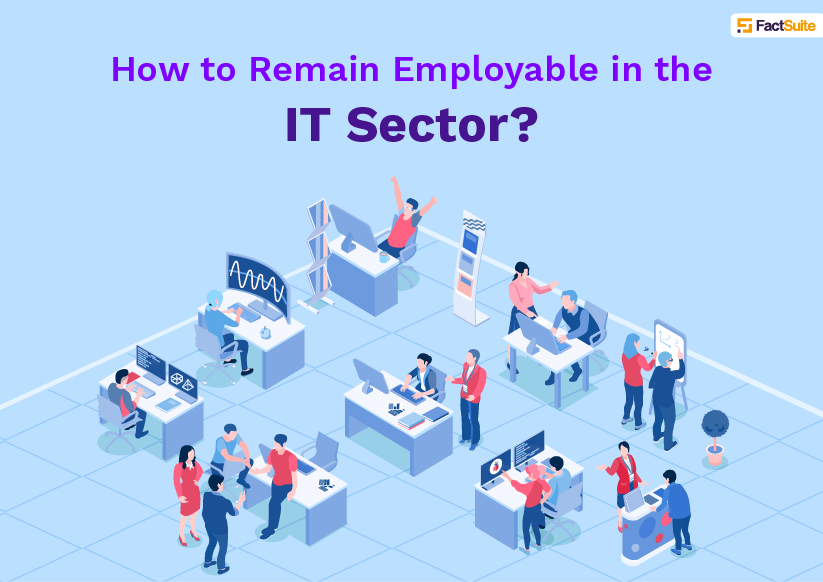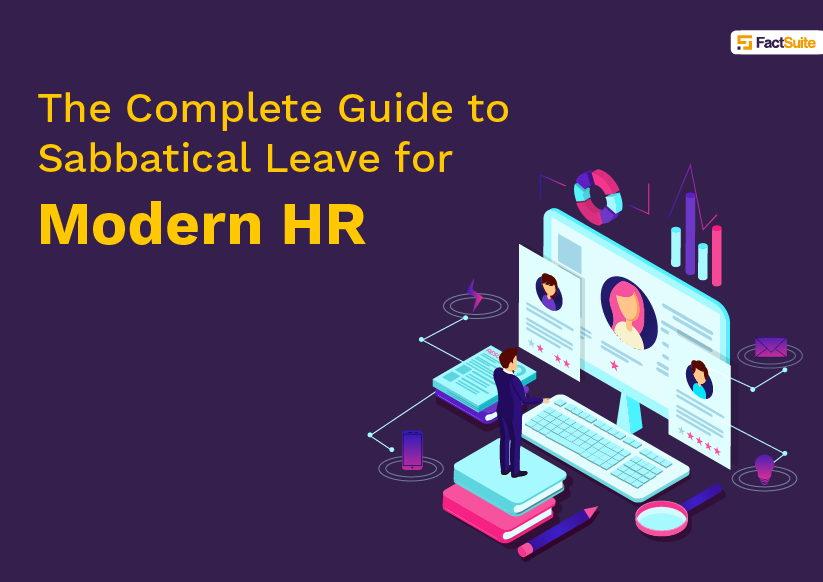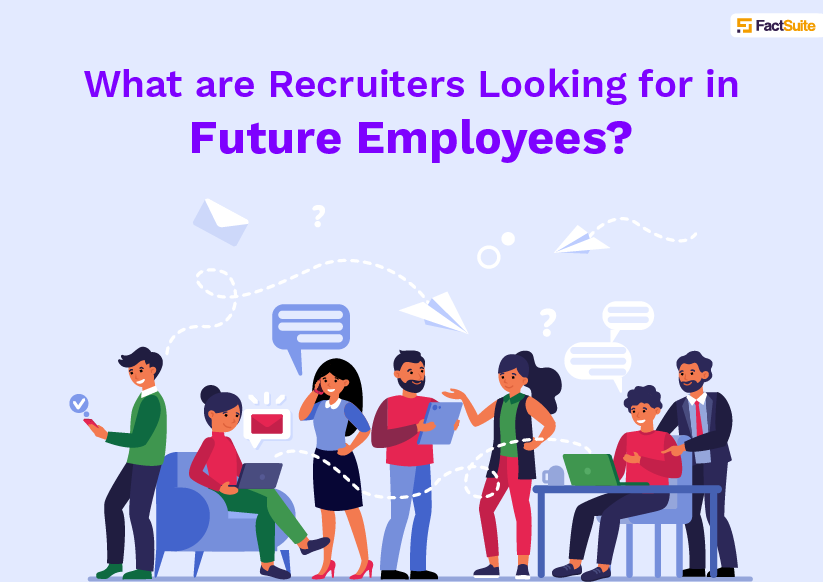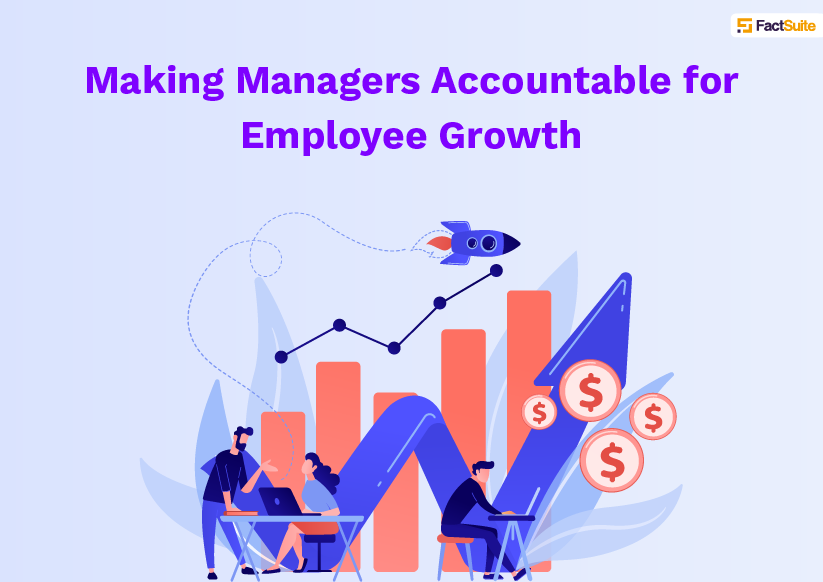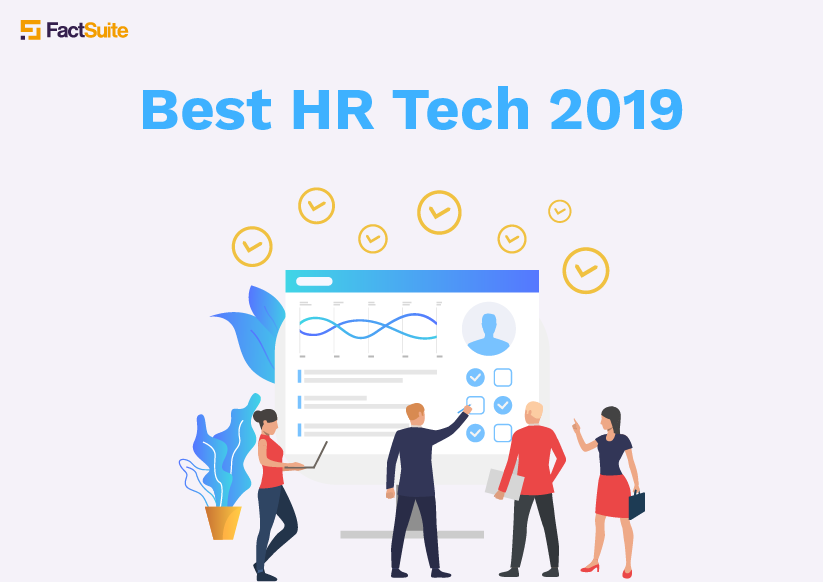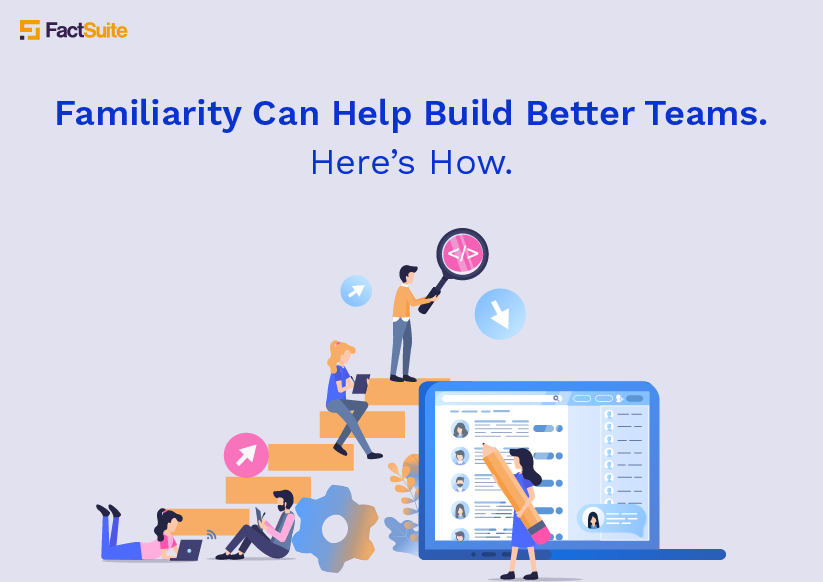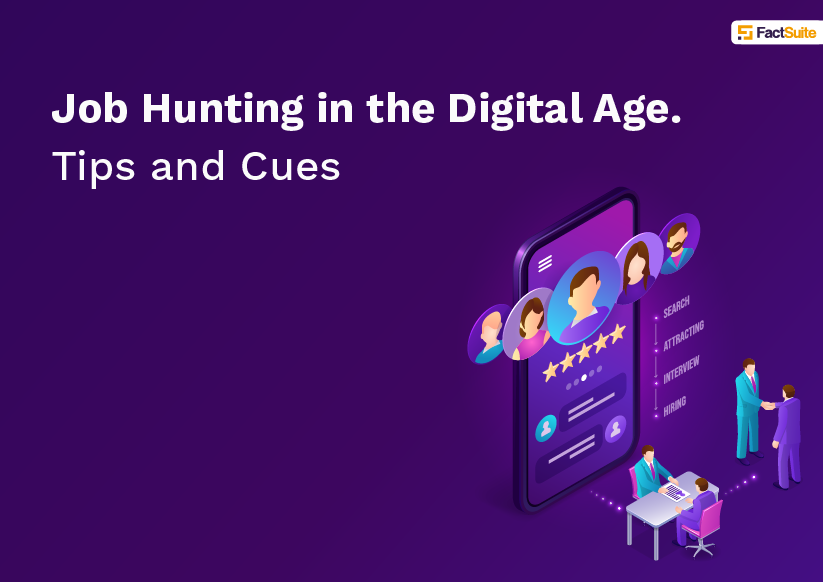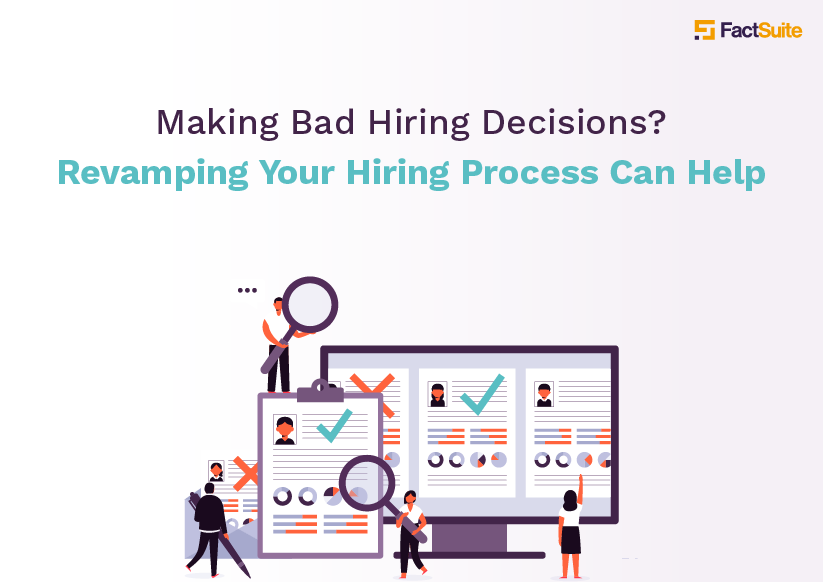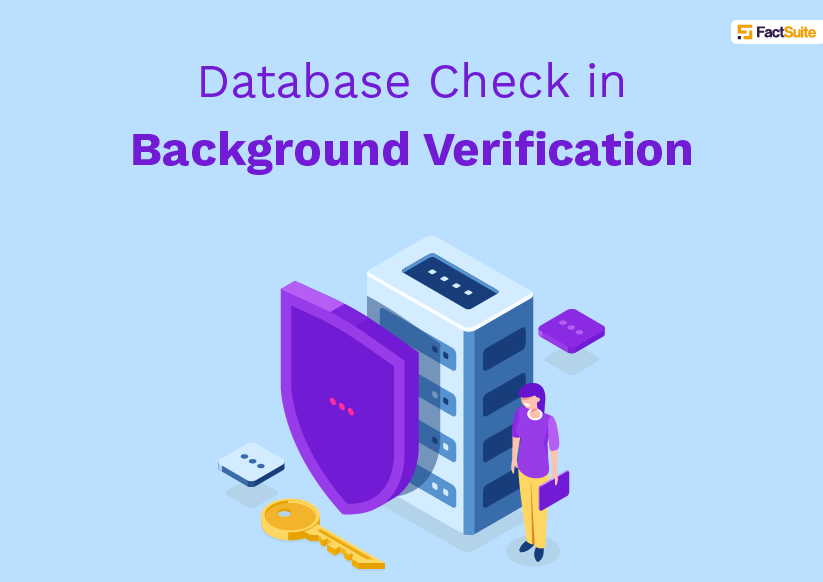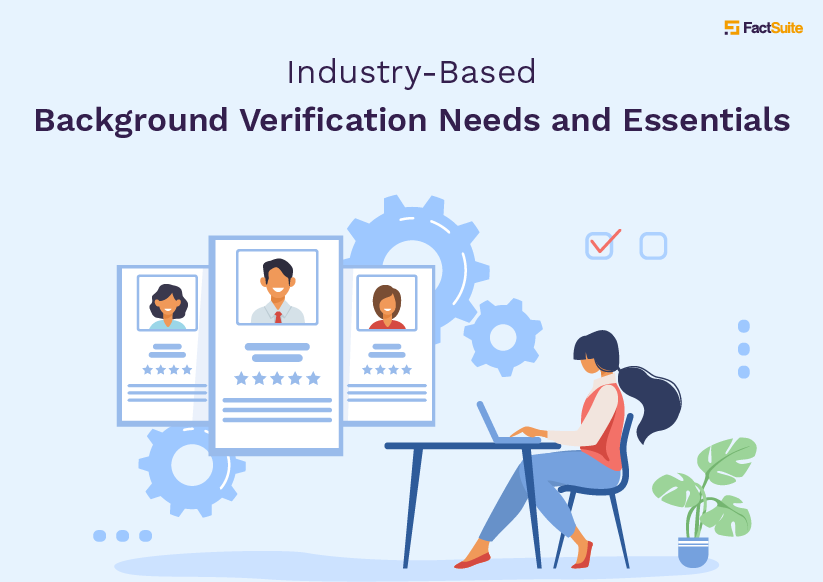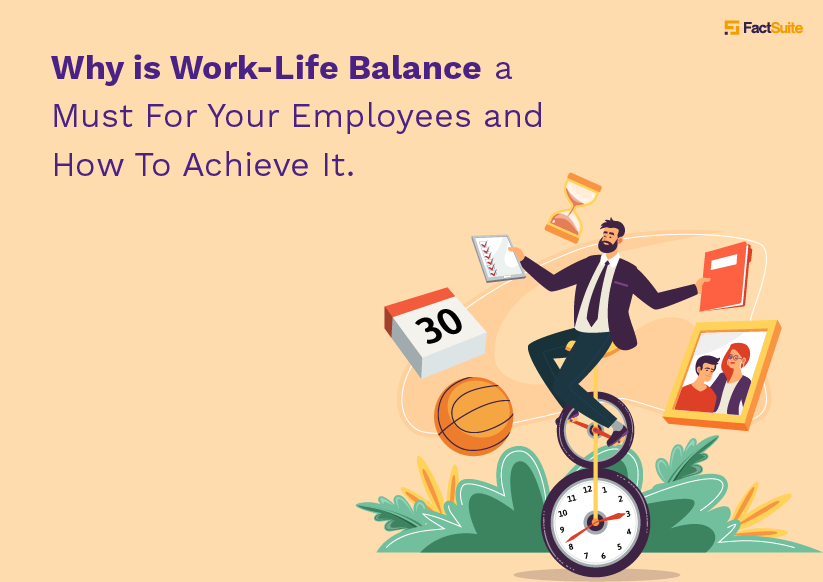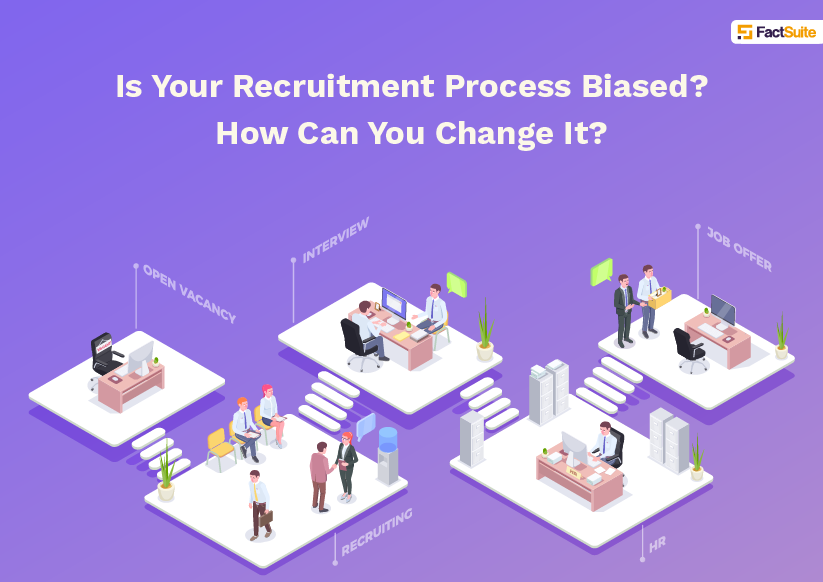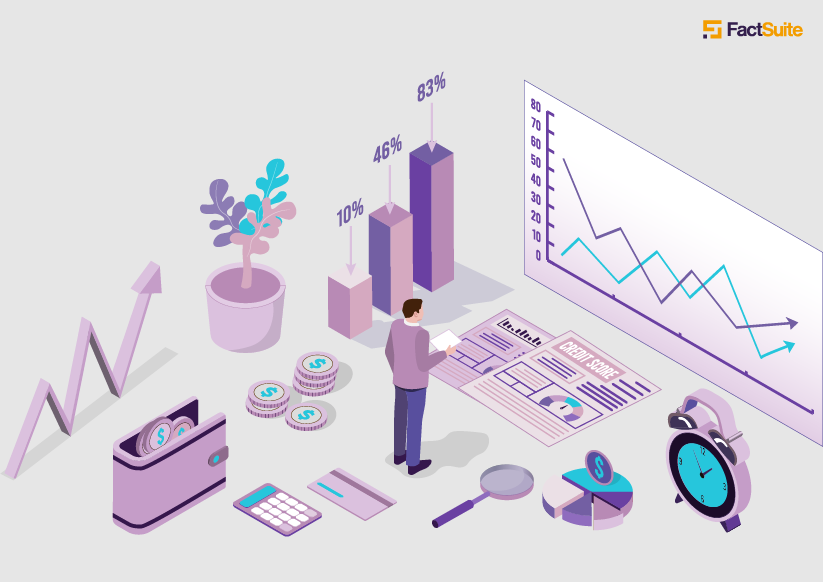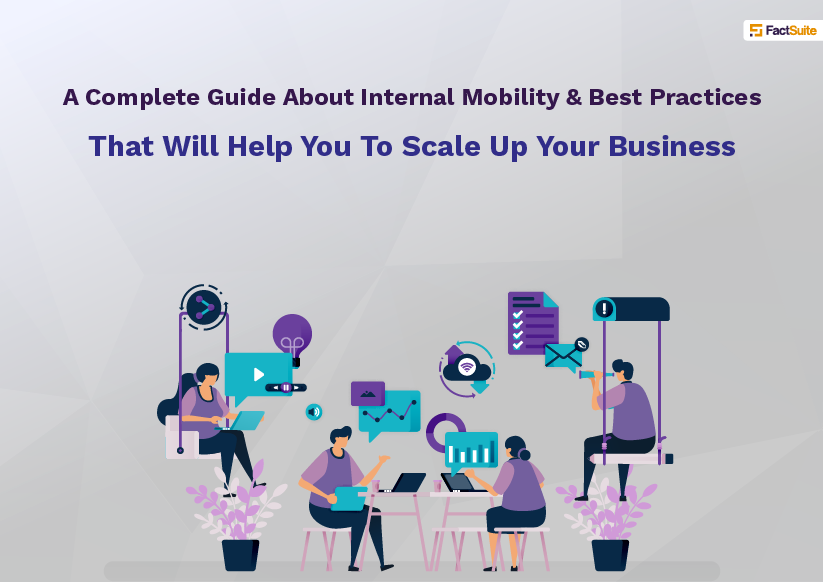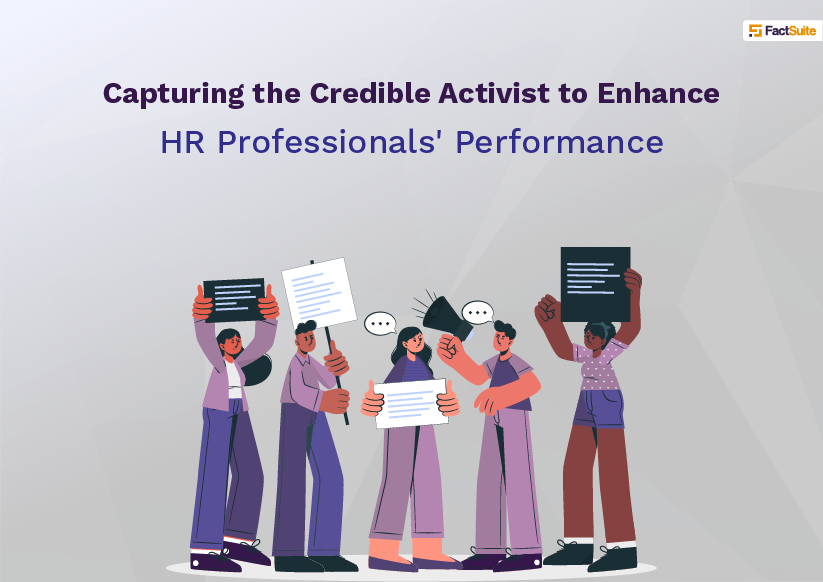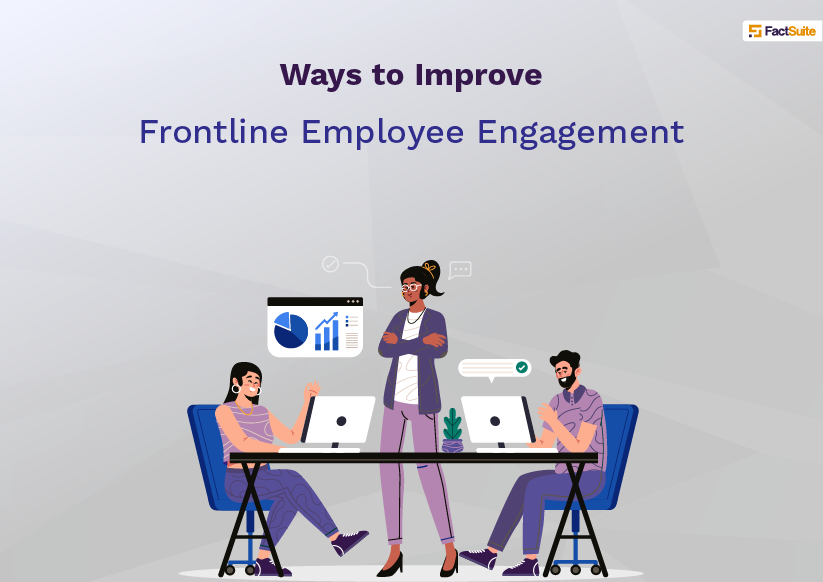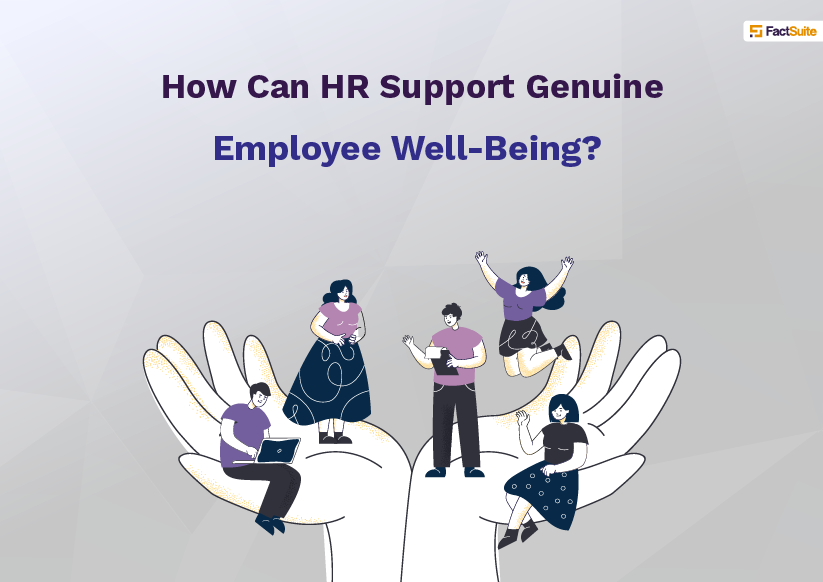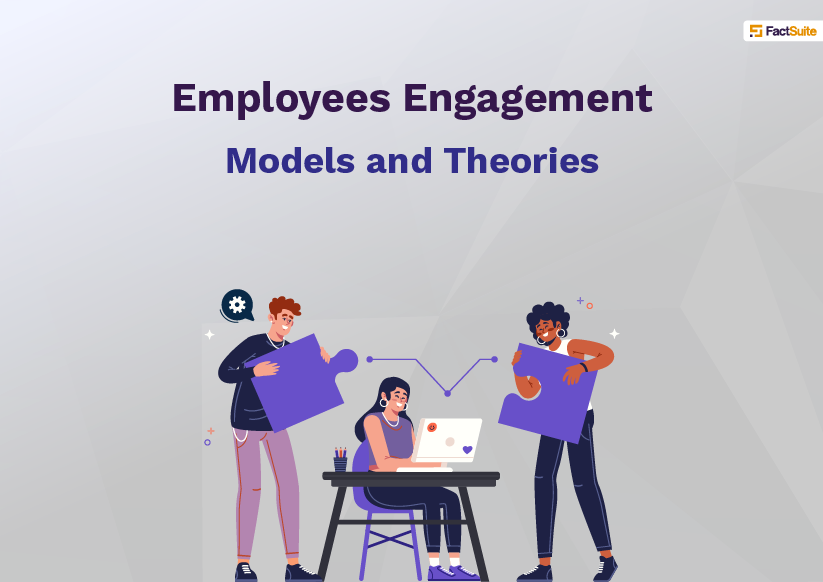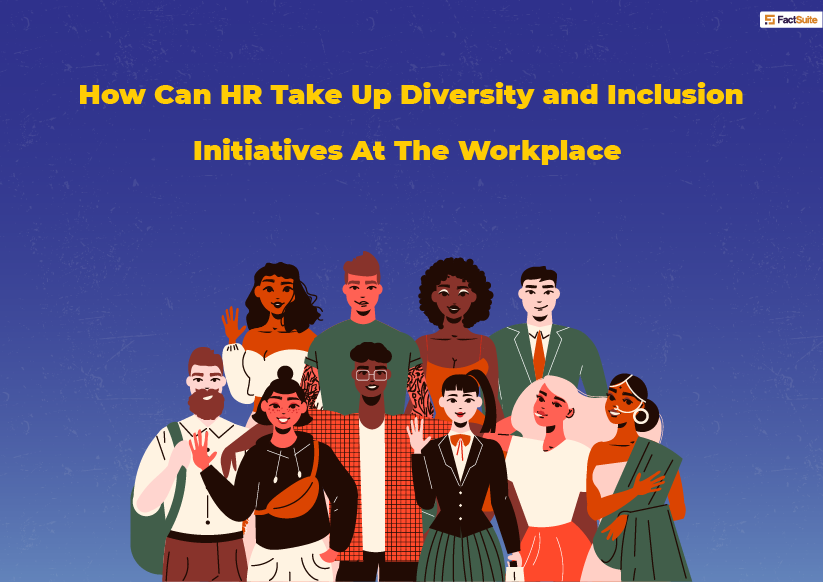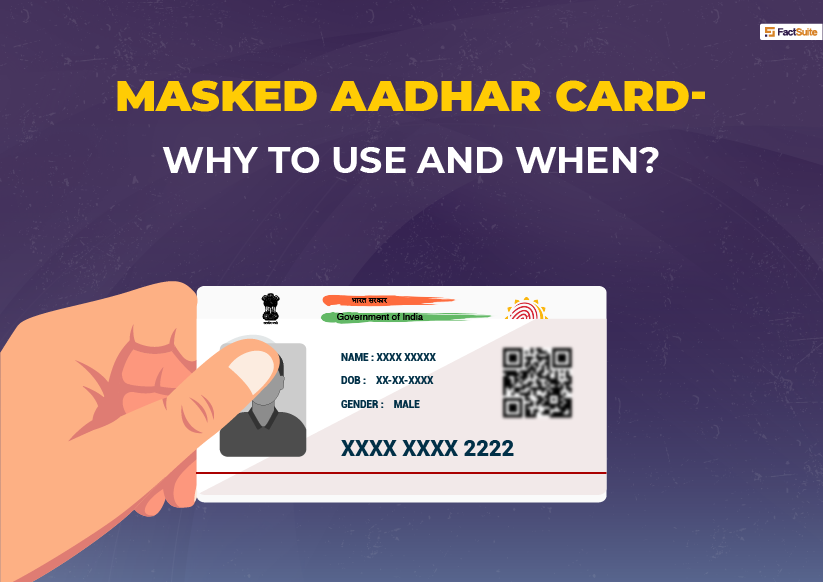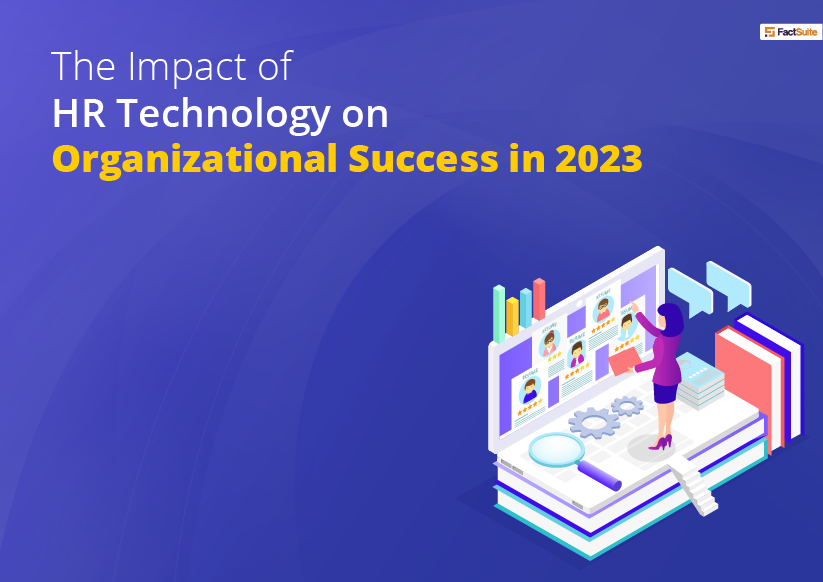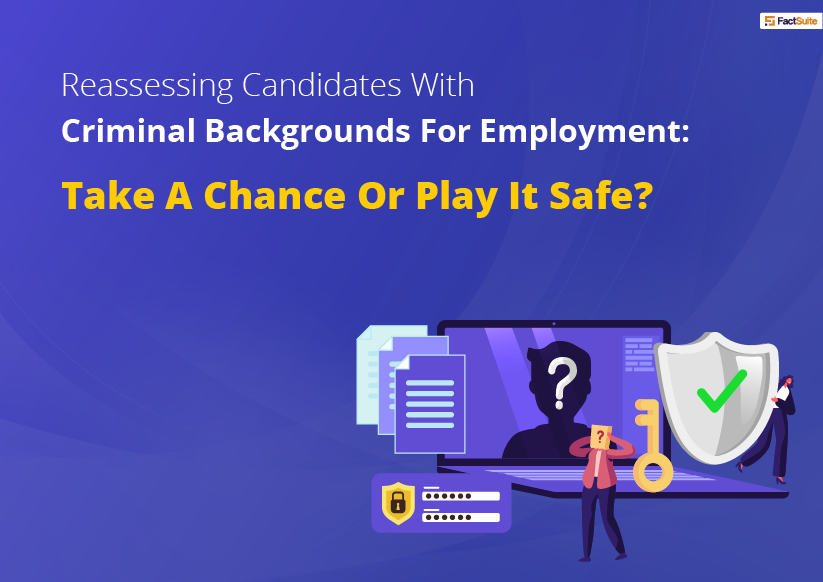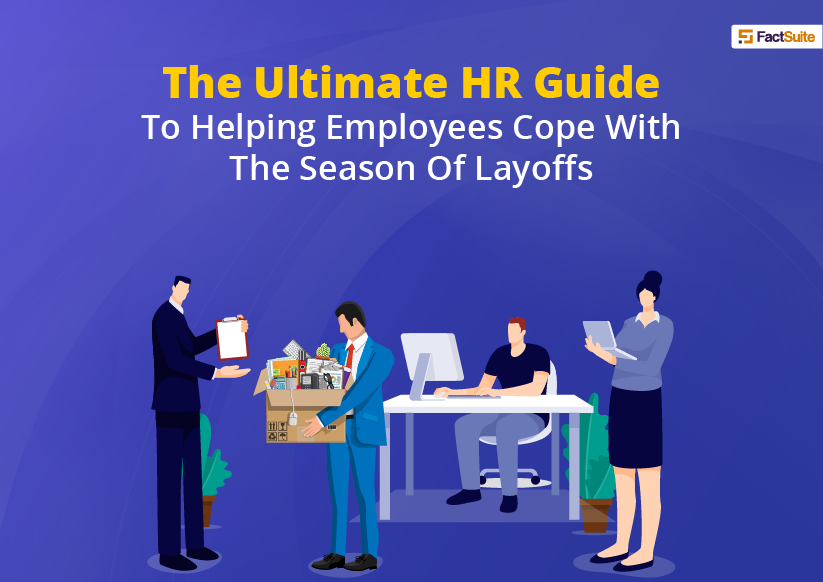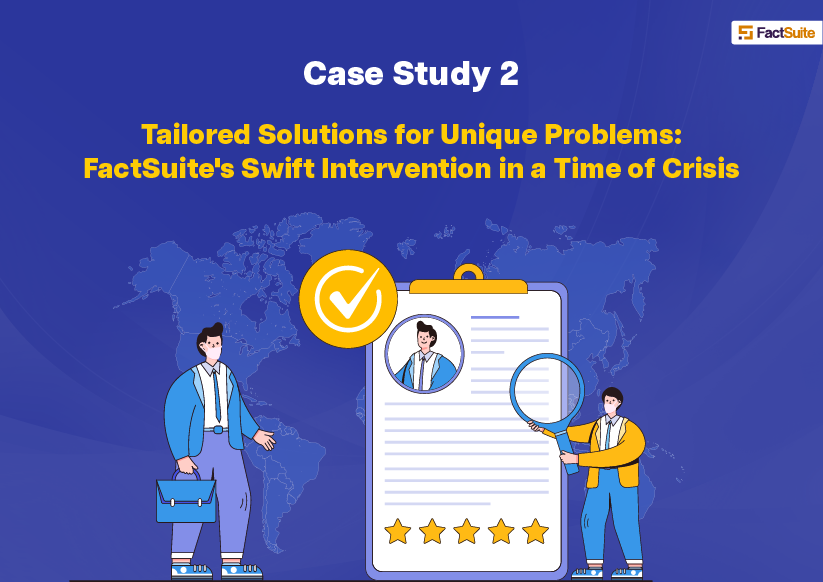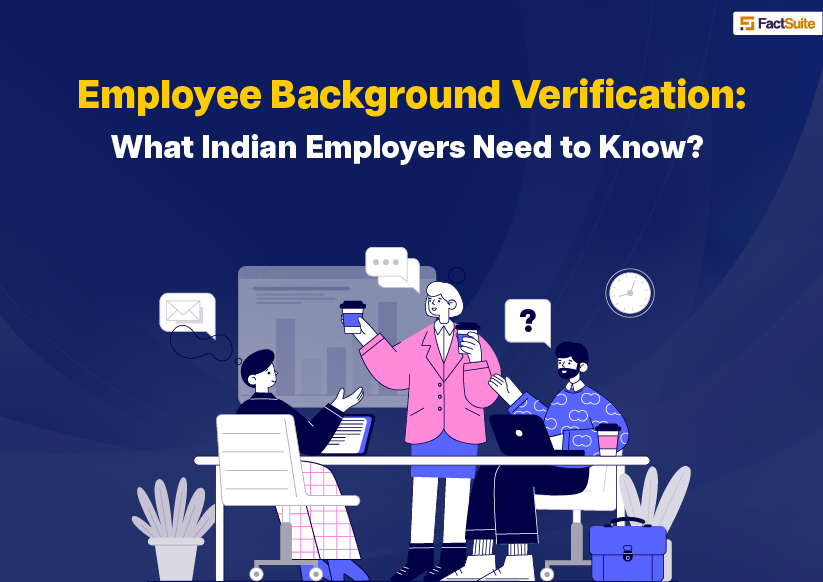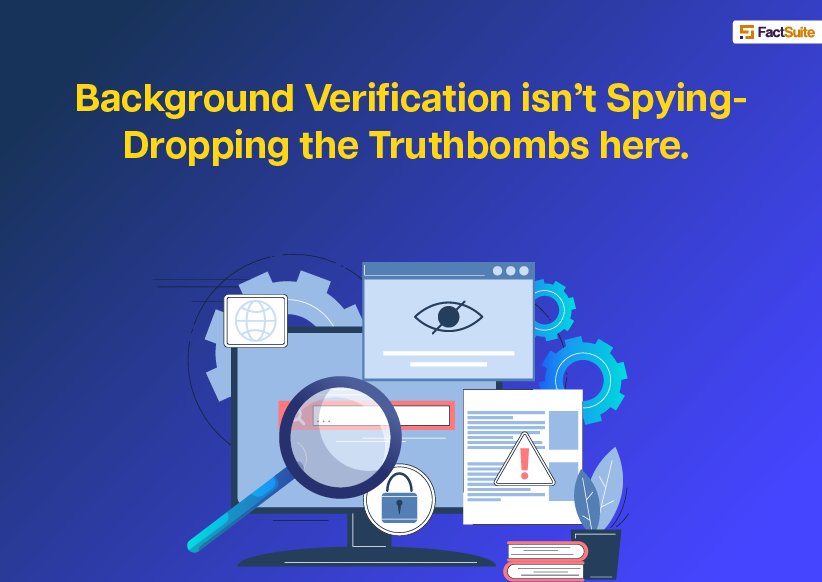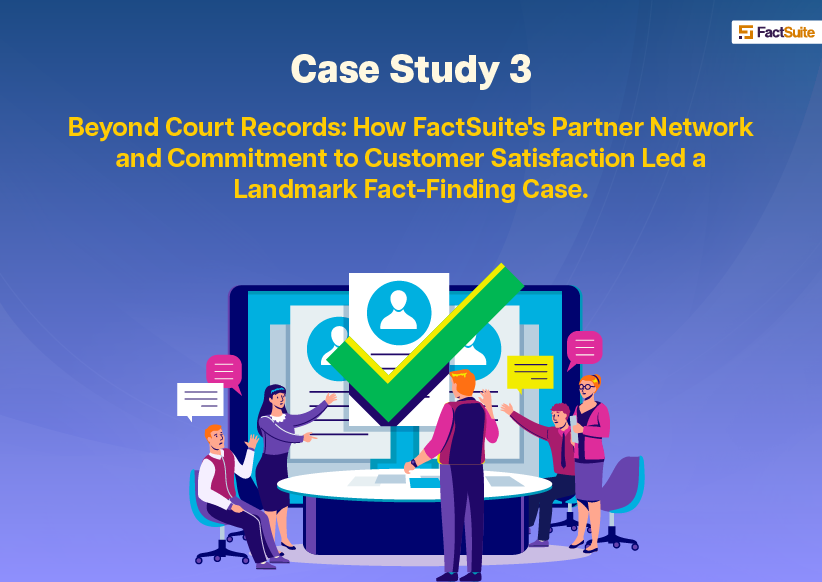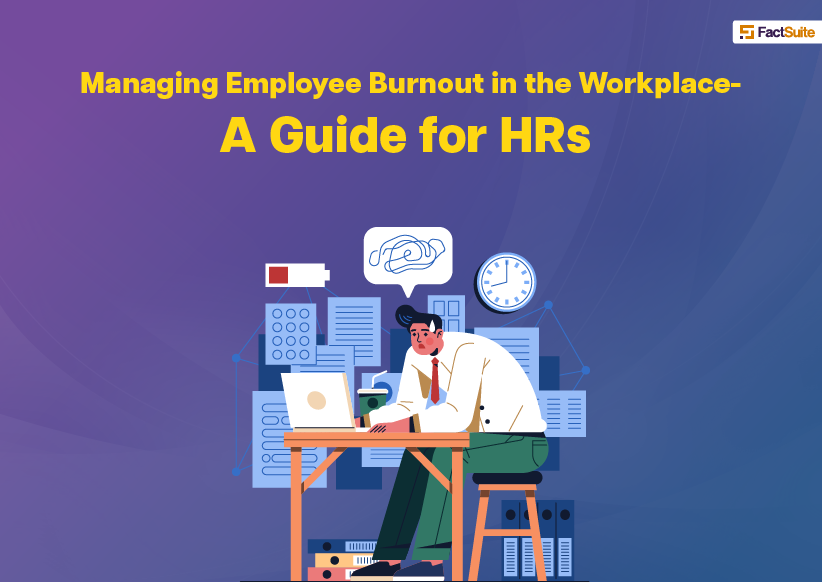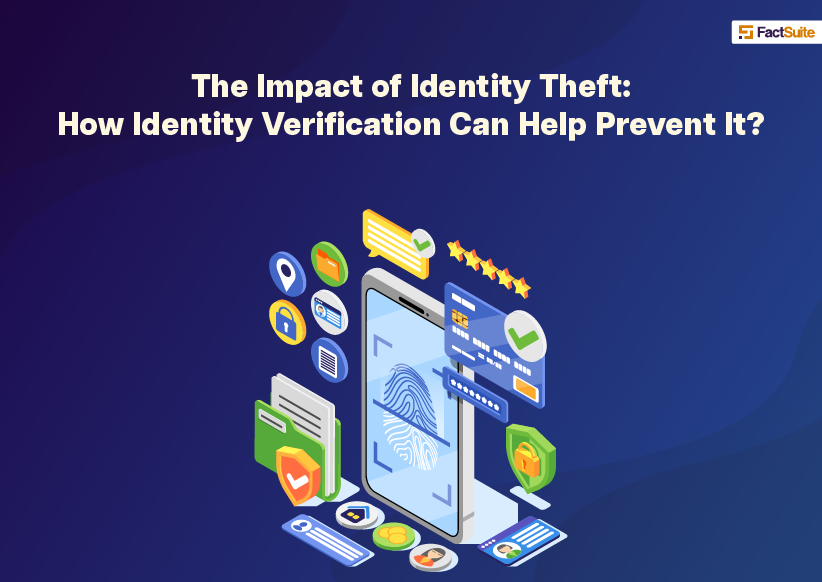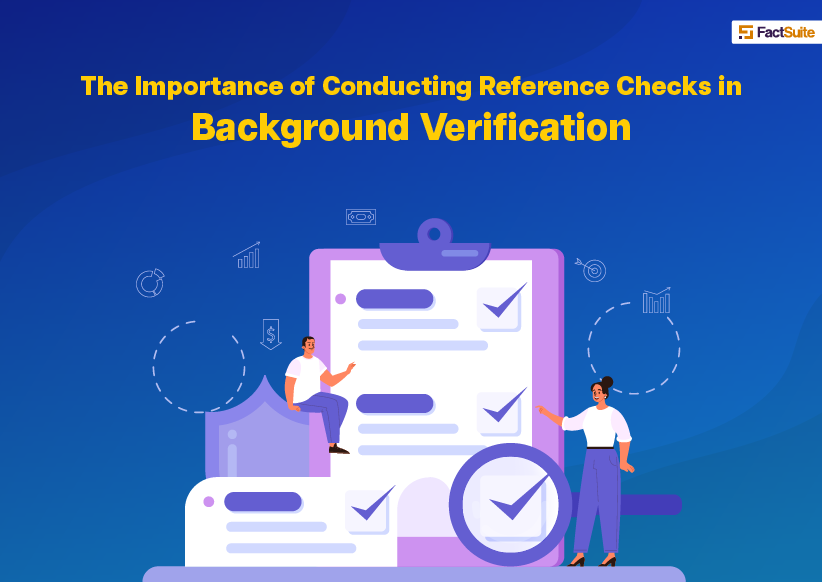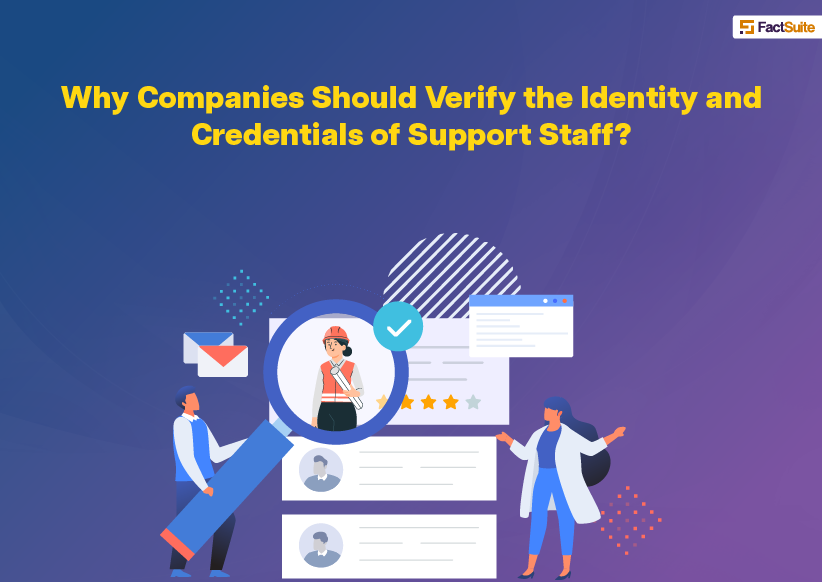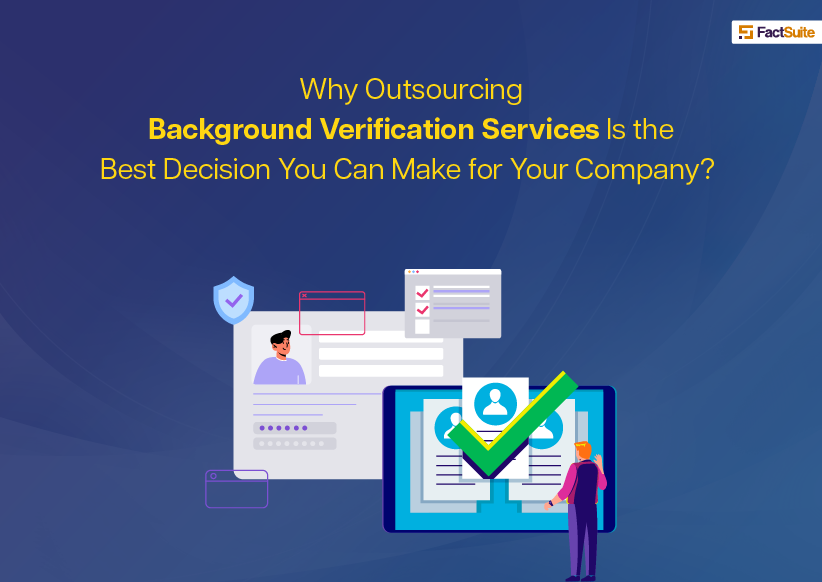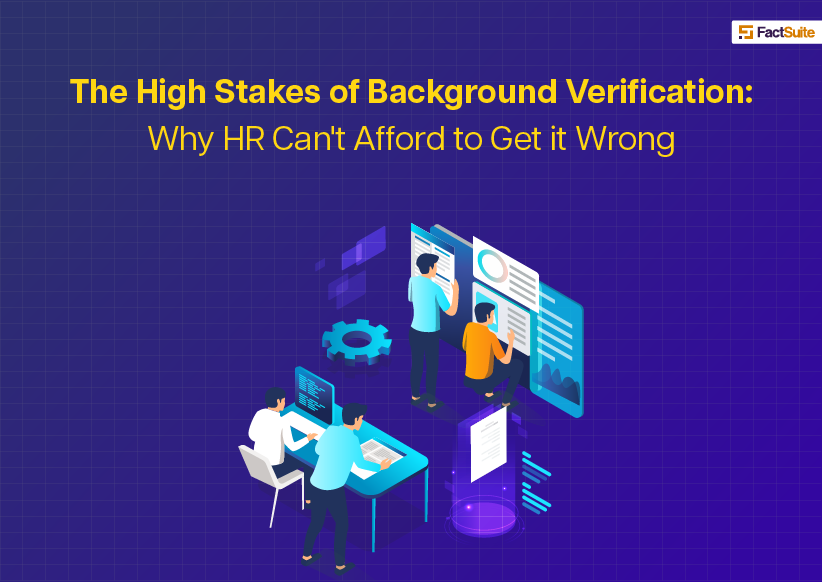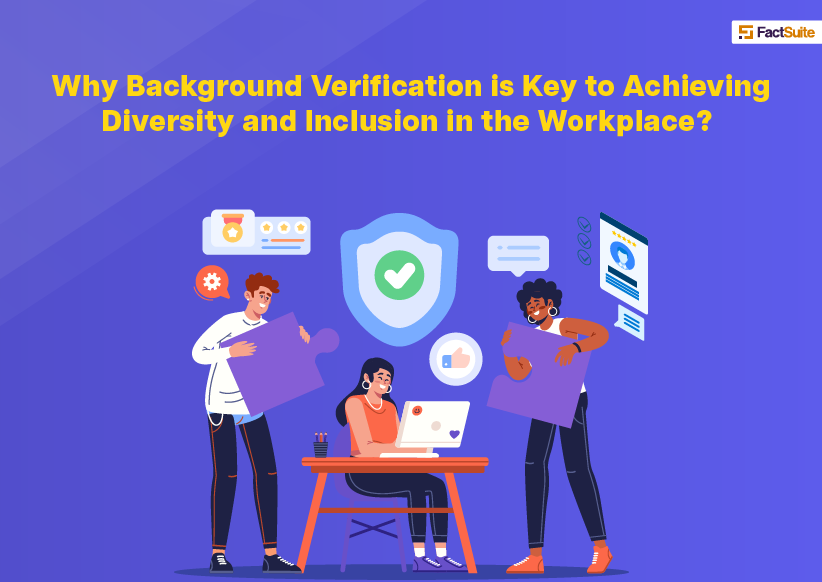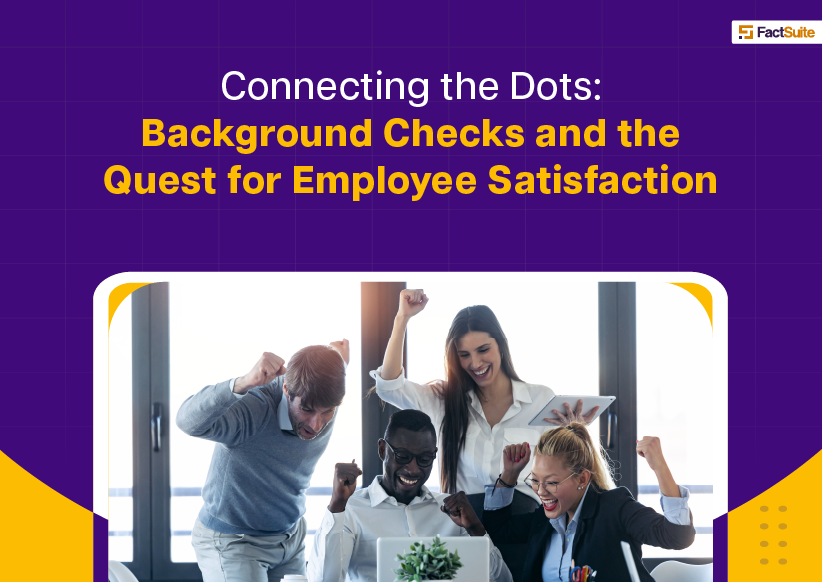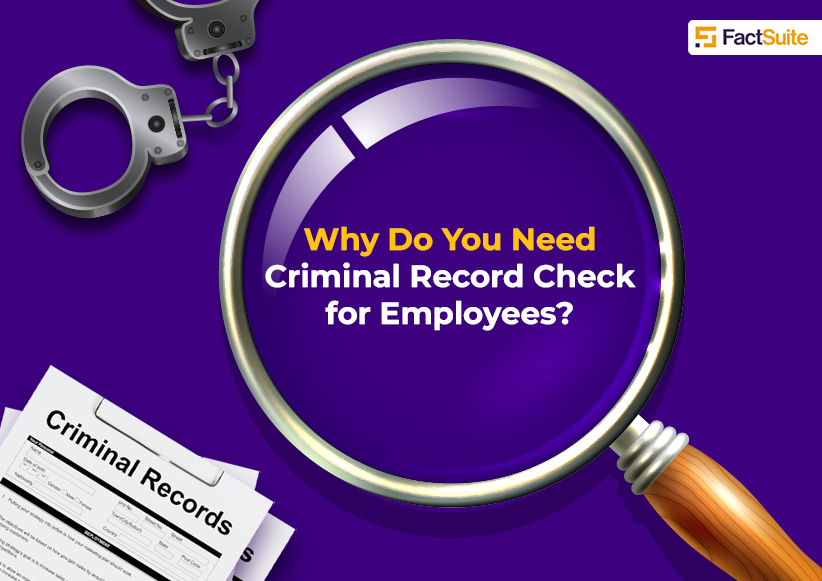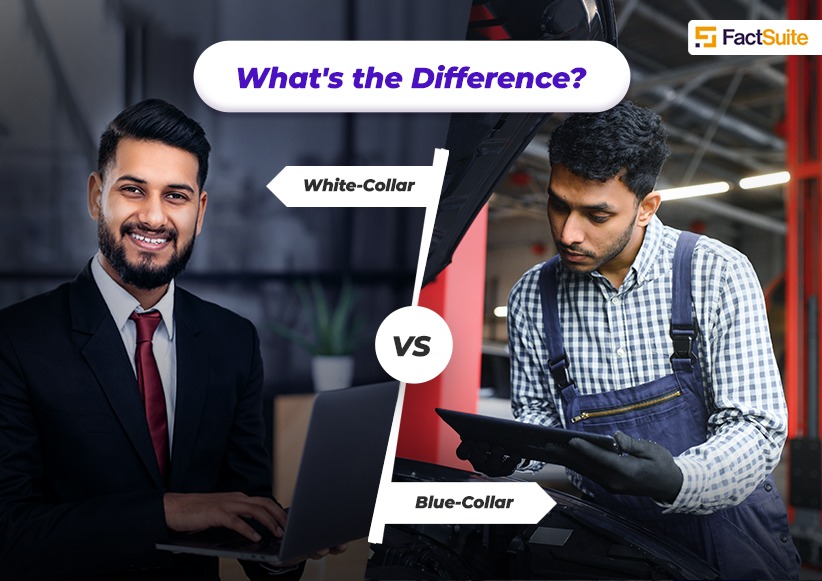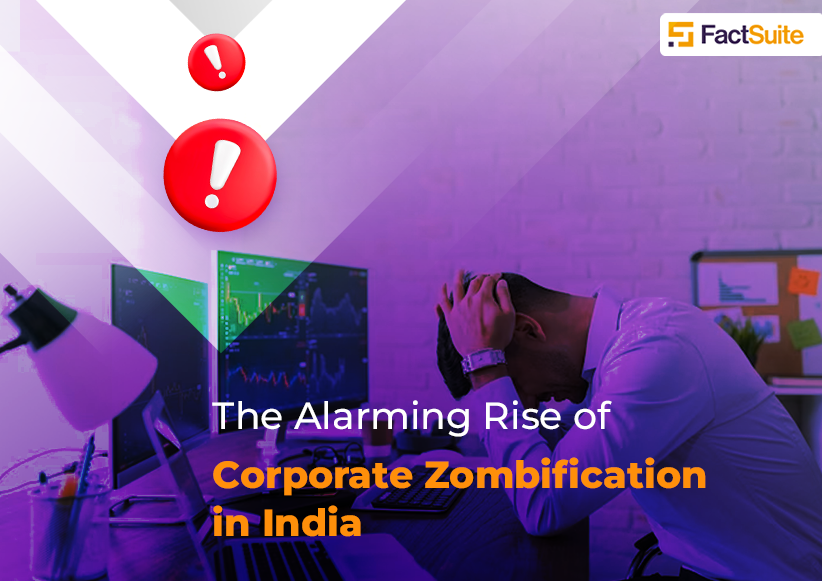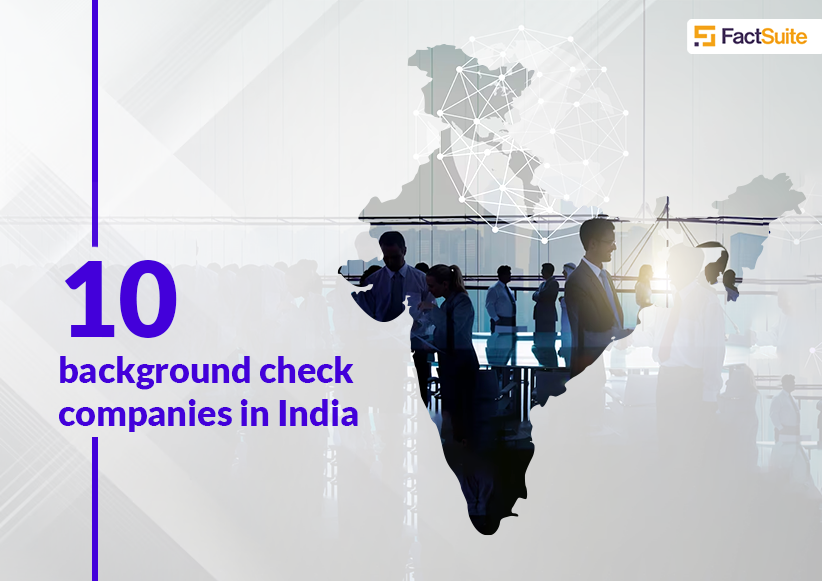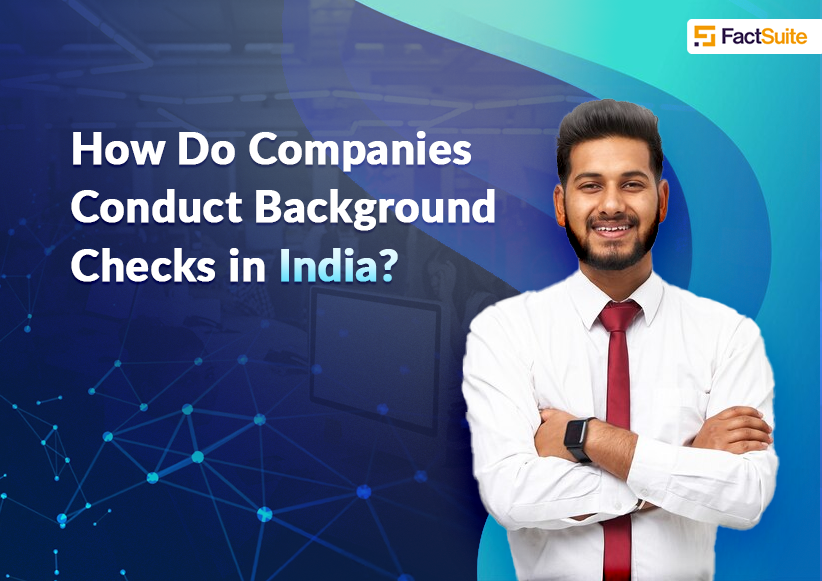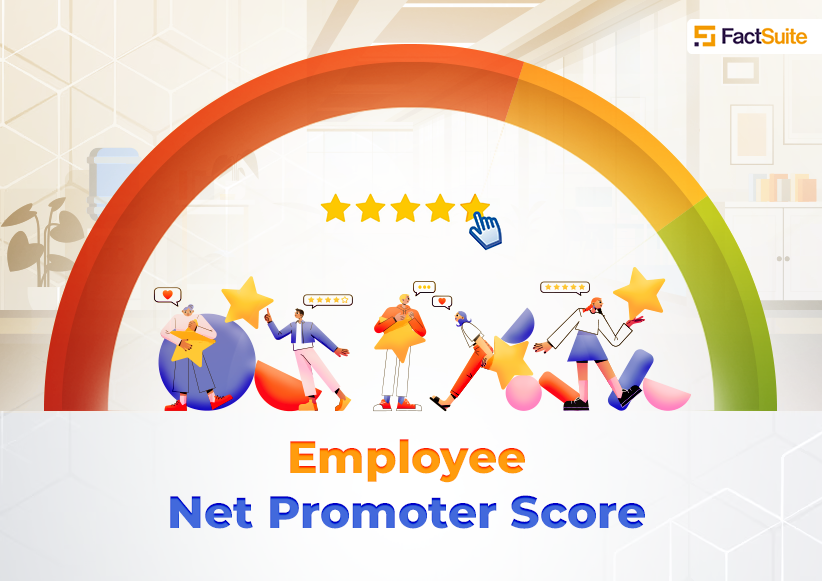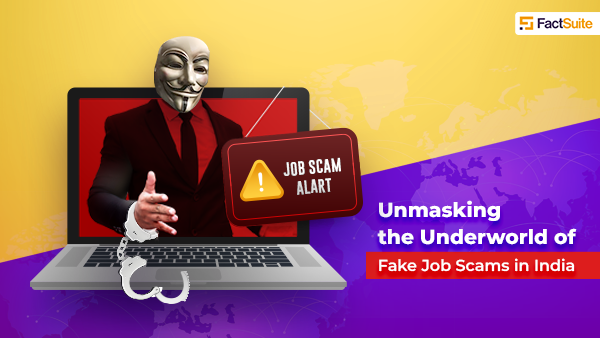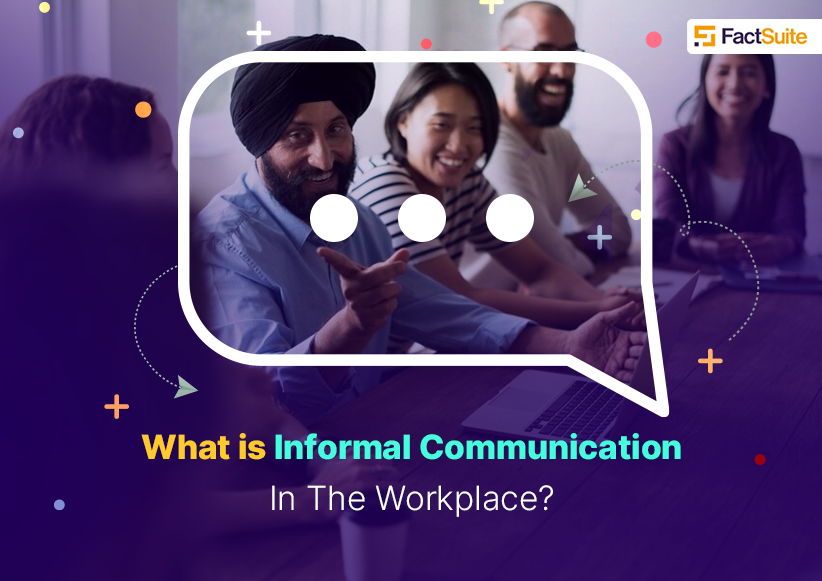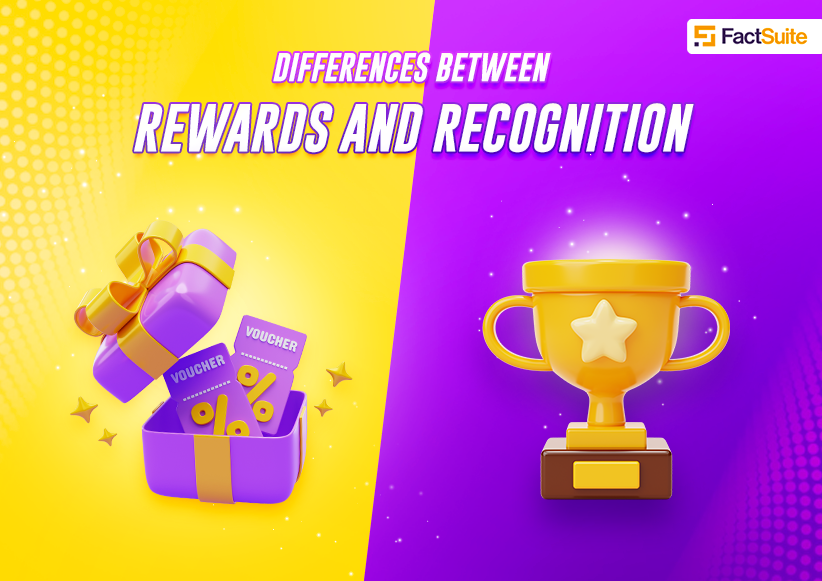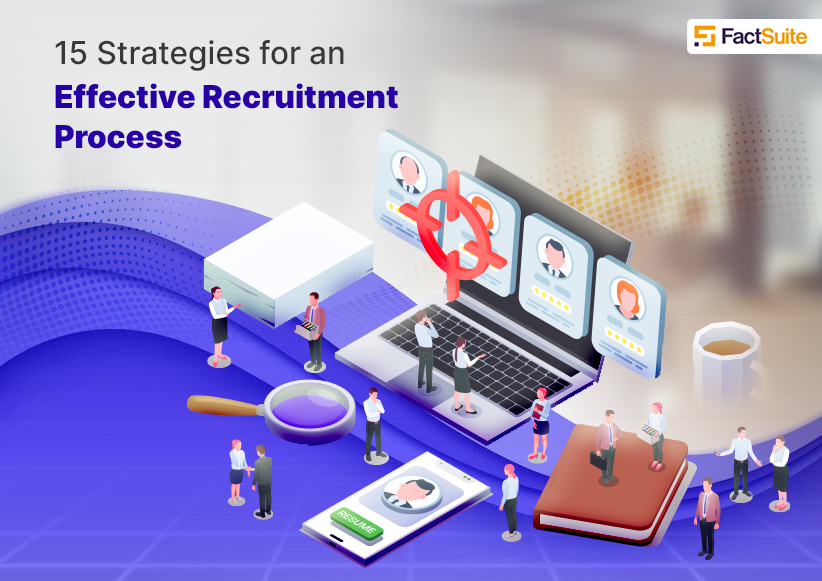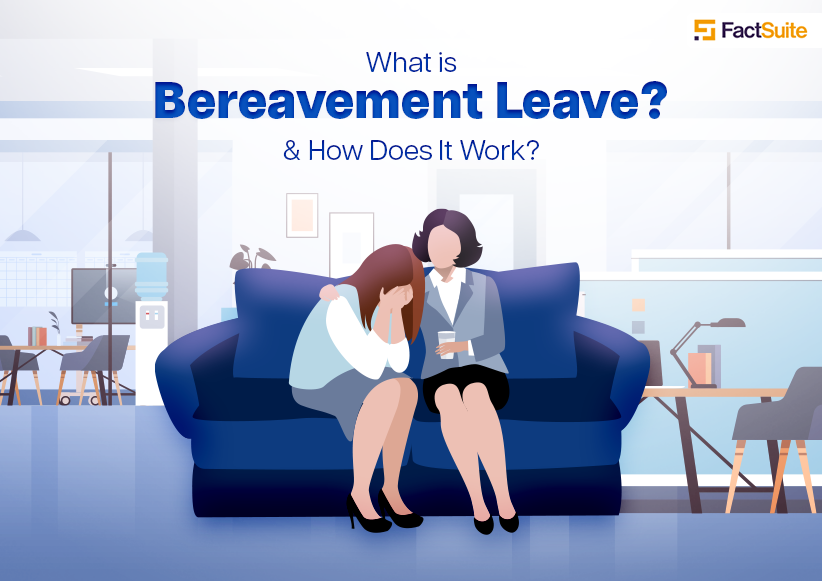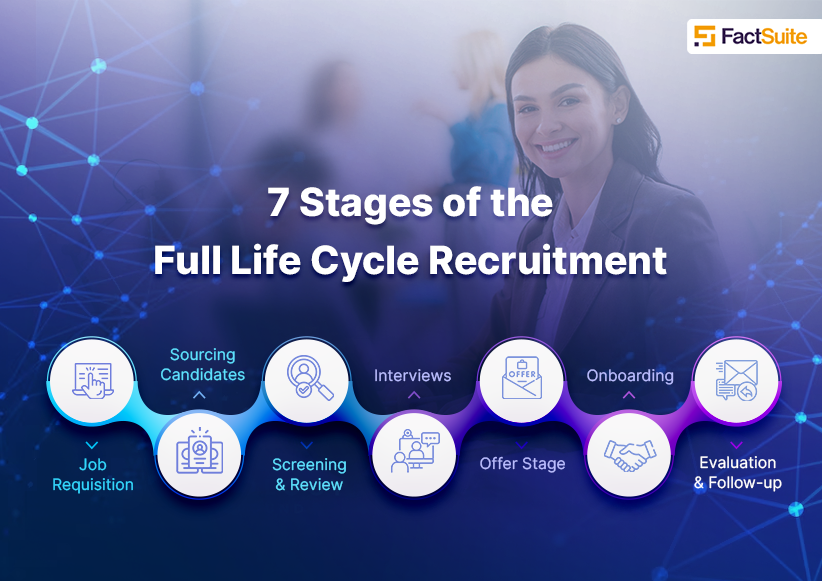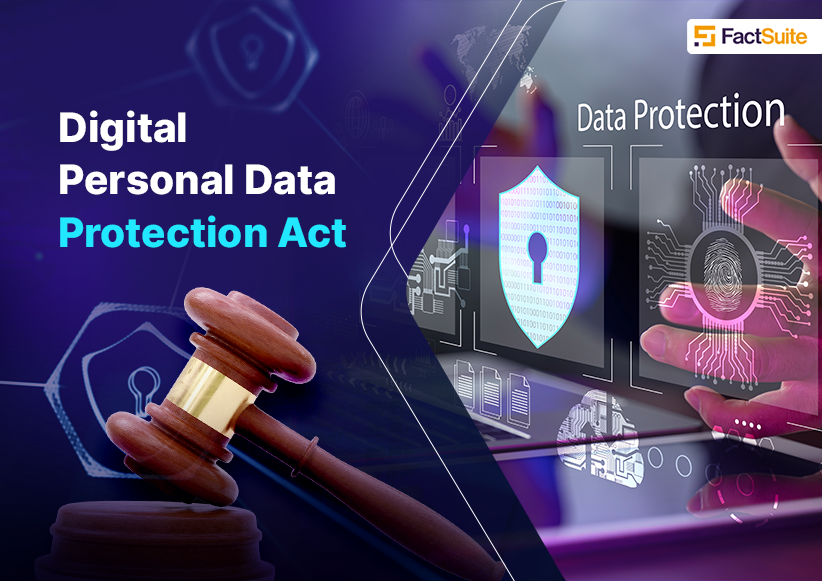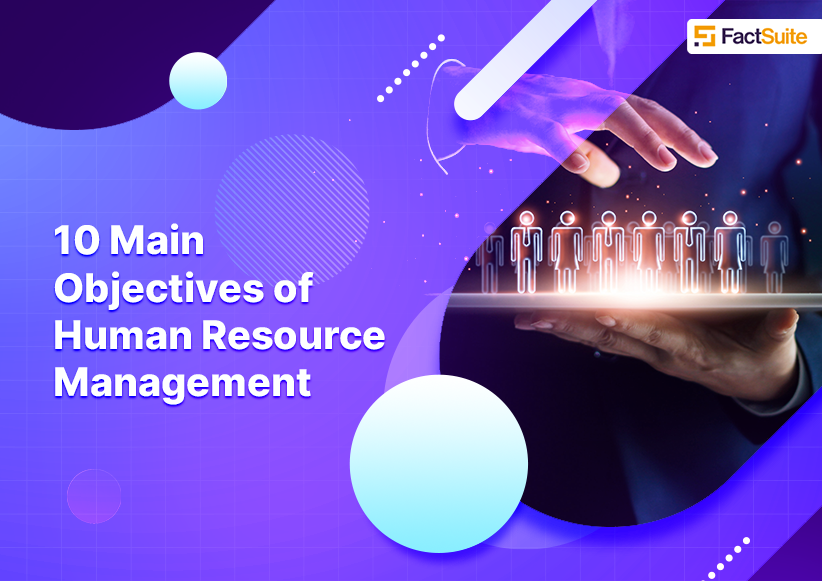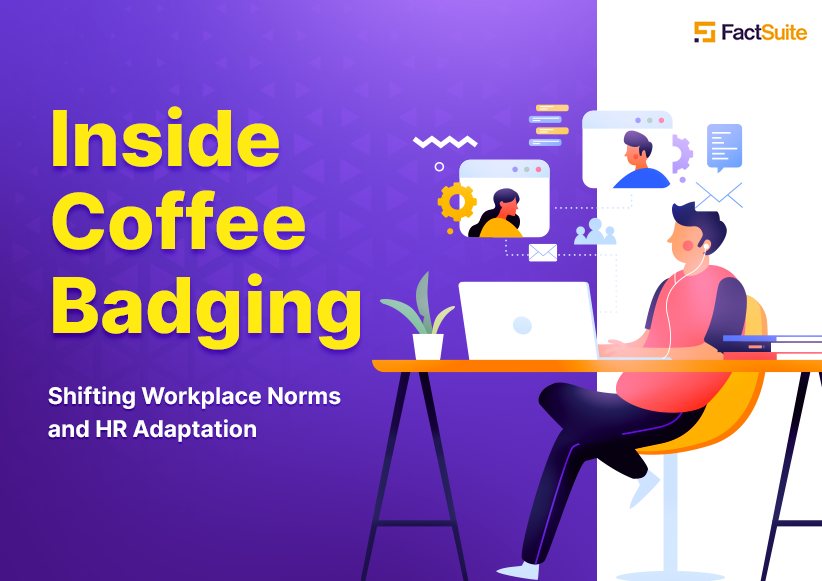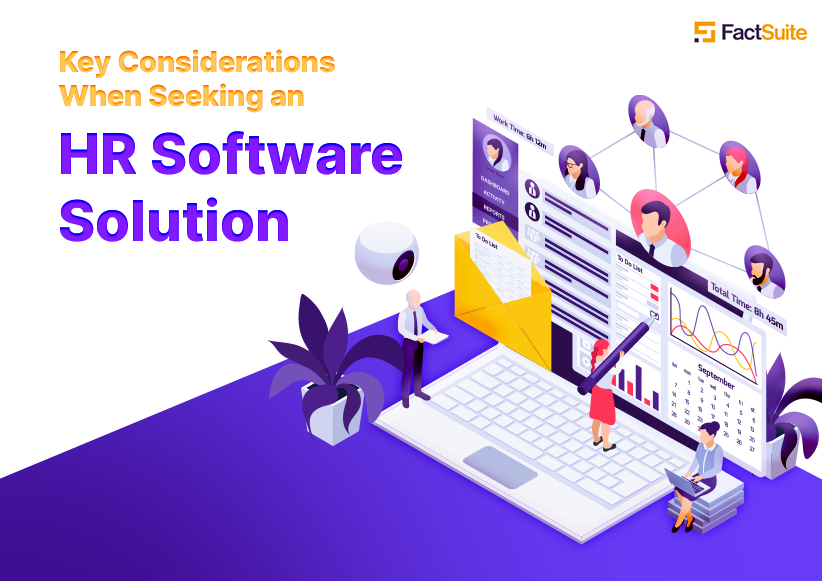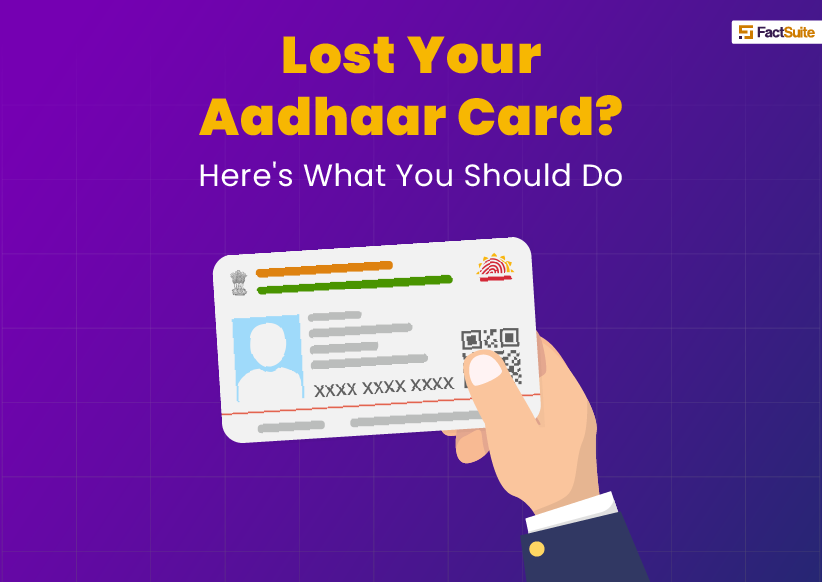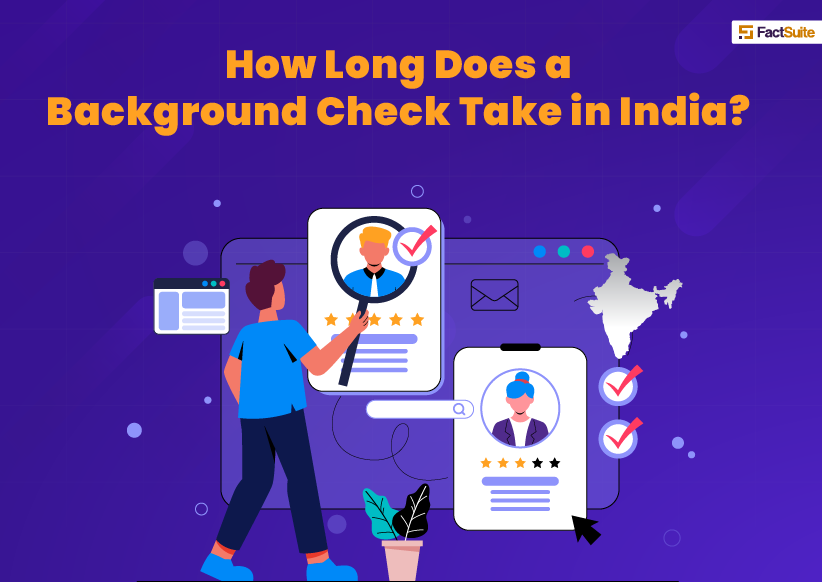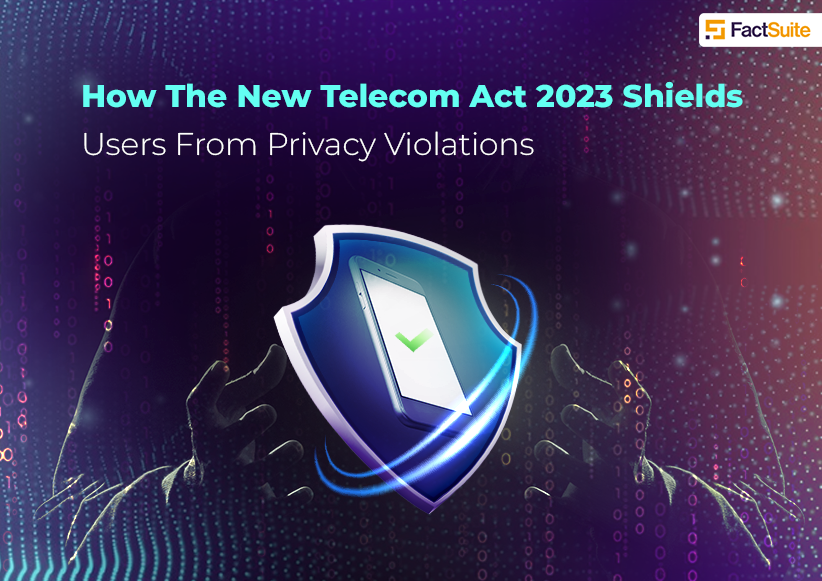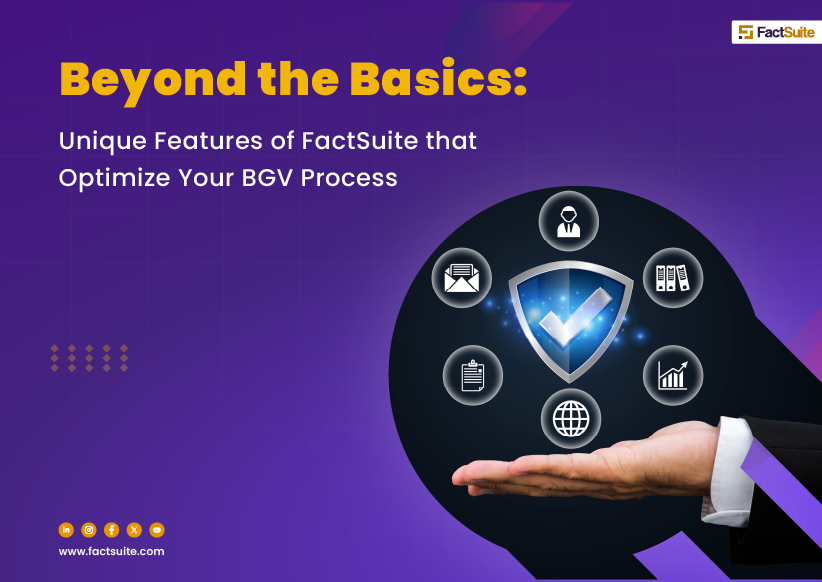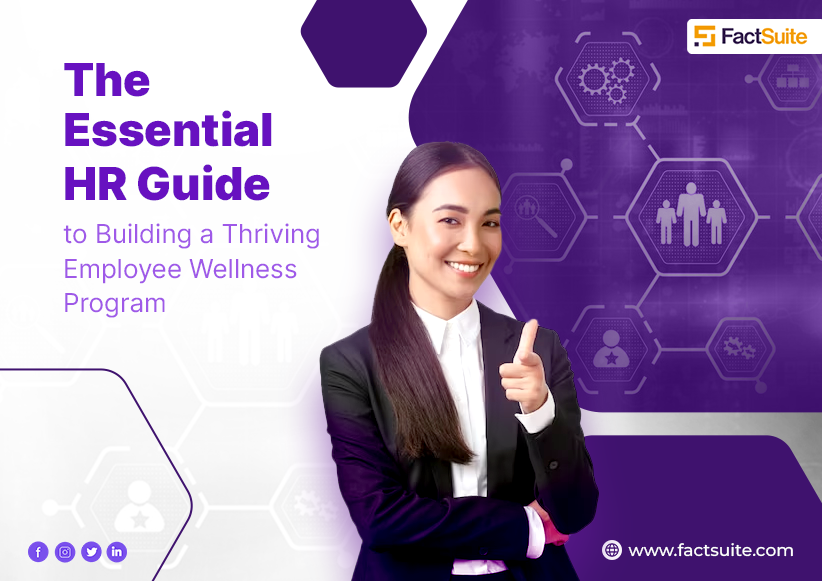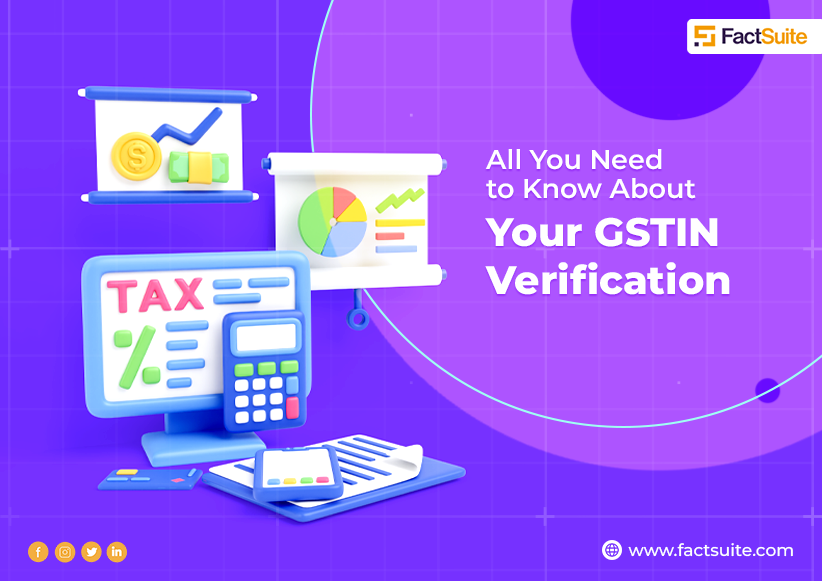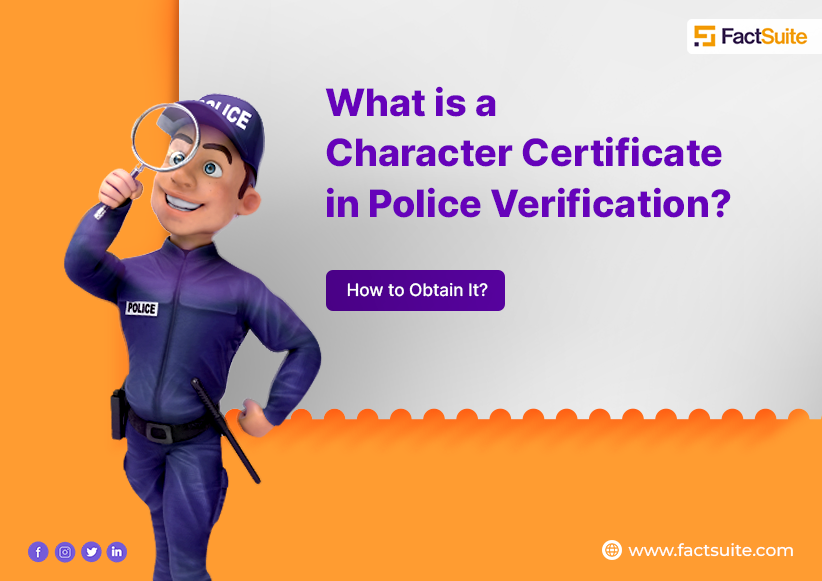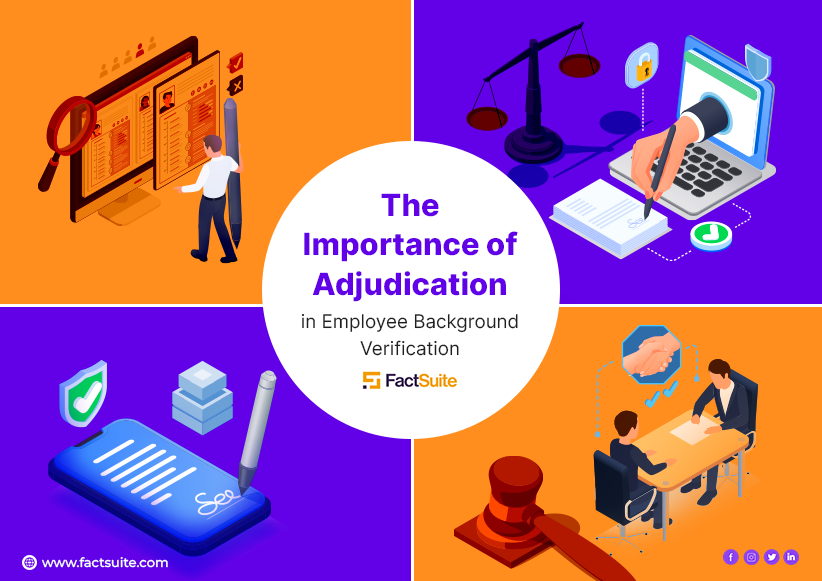Why Background Verification is Crucial: A Complete Hiring Checklist
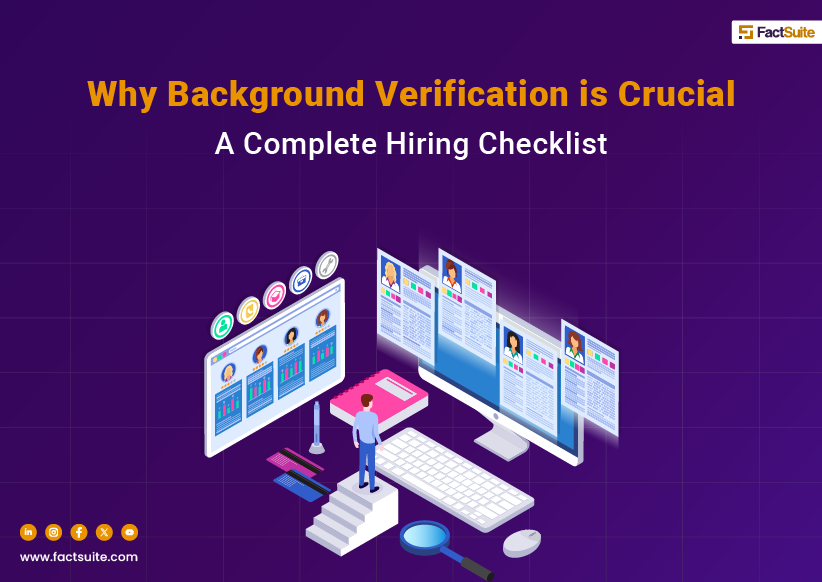
Why Background Verification is Crucial: A Complete Hiring Checklist
Table of contents
1. Introduction
2. Why does Background Verification (BGV) matter?
- Workplace safety
- Maintaining company reputation
- Reducing turnover and hiring costs
- Compliance with industry regulations
3. Essential elements of the employee background verification checklist
- Identity verification
- Address verification check
- Employment history check
- Education verification
- Professional licenses checks
- Criminal record check
- Reference checks
- Financial History
- Social media scrutiny
- Drug and alcohol testing
4. Best practices for effective pre-employment screening
- Define relevant background check procedures and standards for every employee level
- Maintain consistency in screening for bulk hiring
- Legal and ethical compliance is a must
- Implement an effective pre-employment background check process through tools
5. Conclusion
Bringing new talent into your organization is an investment that decides the future of your business. But finding a perfect fit for your organization has become harder these days. The reason is that more and more candidates are seeking jobs by providing false work experience. A 2022 survey by ResumeLab that surveyed over 1,000 people revealed that 36% of participants admitted to lying on their resumes. The most common lying areas were job experience, skills, and duties.
In the present era, embellished resumes and polished interviews do not guarantee a perfect fit for the role. Many unqualified candidates slip through the cracks with resume fabrications and misleading claims. Another Job Applicant Behavior Survey by ResumeLab (2023), showed that among the 1,914 participants, 70% admitted to having lied on their resumes, representing the number of individuals lying on their resumes on the rise.
Yet, in the digital landscape, companies can find advanced solutions and avoid getting caught in such misleading data. With a robust background verification process, employers will have the power to scan, screen, and fix only genuine candidates. To do this, here is a complete background verification checklist, that leaves no details unchecked.
Why does Background Verification (BGV) matter?
Your company's success is built on the foundation of strength and integrity of your workforce. However, with the rising risk of false resumes and poor hiring decisions, companies may compromise on the foundation. Therefore, every organization must focus on integrating efficient background verification screening into their hiring process. The importance of BGV extends beyond vetting a candidate's qualifications - it is about protecting your company's values and culture. It is about having the right people appointed for the right role. Thus, BGV is indispensable to your hiring process because of numerous reasons, which include:
1. Workplace safety: To ensure your organization is a safe place to work, hiring managers must identify any criminal history or red flags that could compromise the safety of your existing employees.
2. Maintaining company reputation: Your employees' collective actions determine your organization's reputation. A bad hire with a dubious background can derail years of brand-building efforts.
3. Reducing turnover and hiring costs: Your one poor hiring decision can be substantially expensive for your organization. According to the U.S. Department of Labor, the expense of a single poor hire can amount to 30% of that employee’s first-year salary. Apart from the financial aspect, it is equally important to understand the effort that goes into recruitment procedures, onboarding, training, etc. This eventually increases the consequences associated with unsuitable recruits.
4. Compliance with industry regulations: In sectors with strict regulations like finance, healthcare, education, etc., regulatory adherence can not be neglected. Using a thorough background verification process can ensure that the organization complies with all relevant laws and standards. It helps you avoid any potential legal implications.
Essential elements of the employee background verification checklist
A rigorous background verification process comprises multiple checks to validate various aspects of the candidate's background. Such as:
1. Identity verification:
One’s identity is a fundamental aspect of who they are. It is a representation of their professional and personal background. Hence, it is necessary to verify the applicant's identity through official identity credentials including passports and driving licenses. Accuracy during this step is paramount.
2. Address verification check
The second most important factor in the BGV checklist is address verifications. It is necessary to check the current and past address of the applicant. Discrepancies at this stage could indicate deeper issues and affect the candidate's credibility.
3. Employment history check
The survey by ResumeLab revealed that around 37% of employees overstate the duration of employment. This underlines the need for a robust background screening. Therefore, as an employer, you need to verify previous employment details thoroughly. Employment checks help you identify gaps, inconsistencies, or fabrications in their professional timeline.
4. Education verification
Educational qualifications are one of the most misrepresented elements on the CV. Many candidates provide incorrect details to get a good job. The worldwide global fake degree market expanded dramatically from an estimated US$1 billion in 2015 to a staggering US$22 billion by 2022. In the pre-employment screening checks process, it is, therefore, mandatory to scrutinize key certificates like college, university, mark sheets, or other courses.
5. Professional license checks
Some job positions require licenses from authorities to ensure candidates have valid certifications. Also, many licenses require regular renewal. It is essential to check the candidate you are hiring holds up-to-date licensing and certifications. The main aspects that require thorough scrutiny are:
- Issuing date and expiry date
- Duration of license
- Issuing authority
- Location
6. Criminal record check
A criminal record check identifies past criminal activities and involvements such as arrests, convictions, or illegal activities, including money laundering, theft, cybercrime, or more serious offences. A candidate with a criminal history is a serious threat to the workplace's safety.
7. Reference checks
Reference checks with previous employees are the best and the most reliable way to hire good candidates. It involves contacting a referee who can provide information about the applicant. These may include colleagues, managers, and other employees who have closely worked with the applicant and provide insights on skills, past performance, overall conduct, strengths, etc.
8. Financial History
Financial history check is one of the crucial aspects of the background verification checklist. A good credit history shows that a candidate is responsible and reliable.
9. Social media scrutiny
It is necessary to conduct a rigorous scan of a candidate’s social media profiles, including Facebook, LinkedIn, Twitter, Instagram, etc. While checking, the important red flags to look out for are - explicit comments, foul language, hate speech, racial remarks, illegal activities, etc. If you find the candidate involved in any unwarranted offence, it is best advised to avoid hiring him/her.
10. Drug and alcohol testing
Testing for drugs and alcohol is the most overlooked yet important aspect of a BGV checklist. It should be strictly included in the pre-employment background screening process. By doing so, employers can ensure that the candidate is not involved in any form of drugs. Candidates with drug or alcohol addiction might lead to compromised job performance or they could also risk the safety of other employees.
Best practices for effective pre-employment screening
1. Define relevant background check procedures and standards for every employee level
The same hiring approach does not work for every candidate. Every candidate requires a different and relevant background screening. For example, senior executives may require more extensive screening when compared to entry-level employees. This will ensure that the depth of the scrutiny is relative to the degree of the role.
2. Maintain consistency in screening for bulk hiring
While bulk hiring, apply the same screening standards to all candidates. A rigorous process will help you prevent bias and ensure fairness. Using an application tracking system (ATS) and other tools would help in effective screening and shortlisting of eligible candidates.
3. Legal and ethical compliance is a must
Compliance isn’t optional. Every background check must adhere to ethical rules as well as legal requirements. This includes maintaining the candidate's privacy, seeking the right consent, and following fair and legal practices in the screening process.
4. Implement an effective pre-employment background check process through tools
Using advanced tools and software has become a necessity for hiring processes. They are accurate, quick, and reliable. FactSuite - one of the most preferred employee background screening services providers, offers an advanced tool for an efficient pre-employment screening process. With Fact Suite, you can manage large volumes of data effortlessly by leaving no detail unchecked.
To sum up
Background verification does not have to be difficult. Instead, you can treat it as an opportunity to identify top talent that can contribute towards your company's success. By treating it as a strategic advantage, you are not just checking for red flags, you are securing your company’s future. With the given BGV checklist, companies can systematically evaluate and validate potential hires. This approach promotes a reliable and competent workforce for the business’s long-term success.

